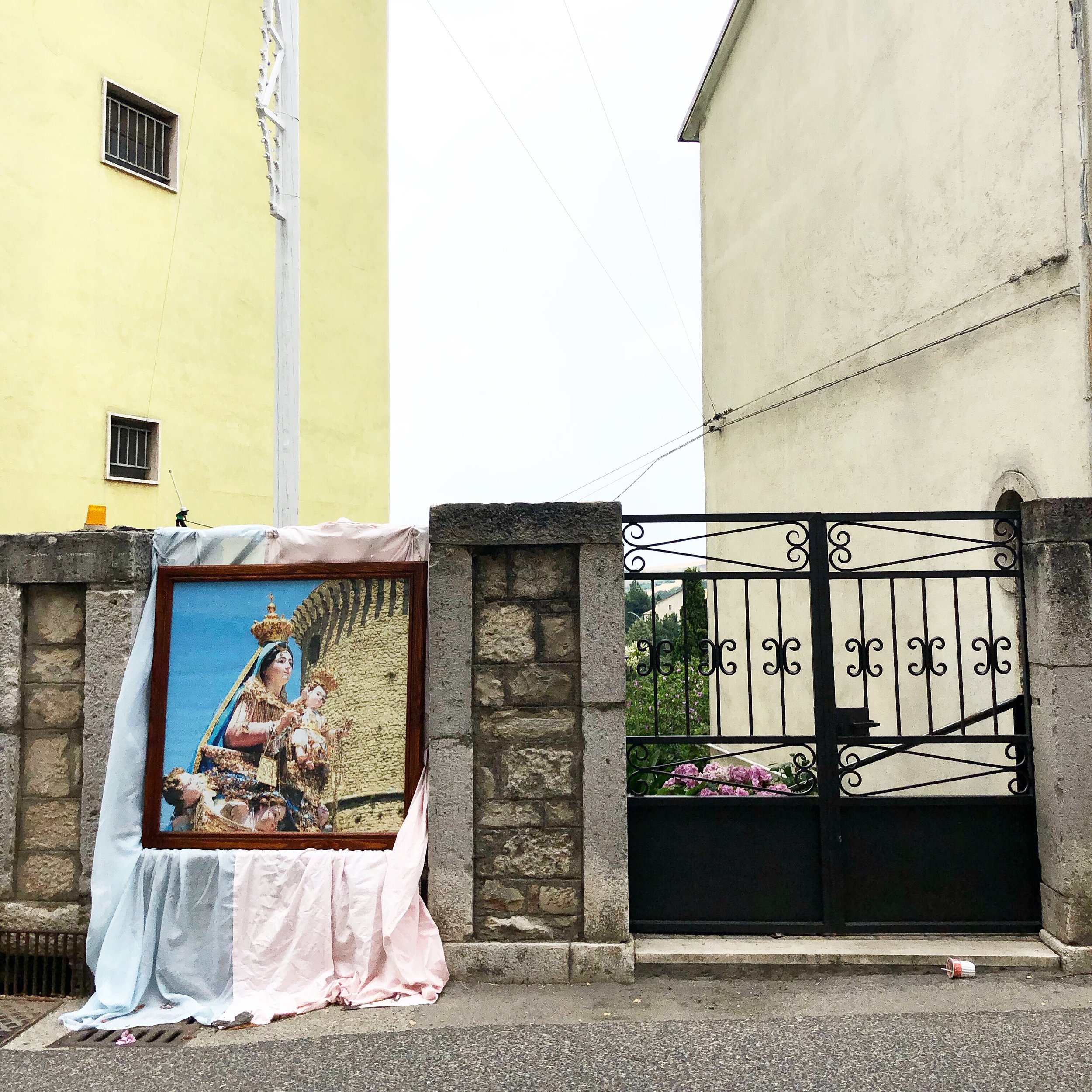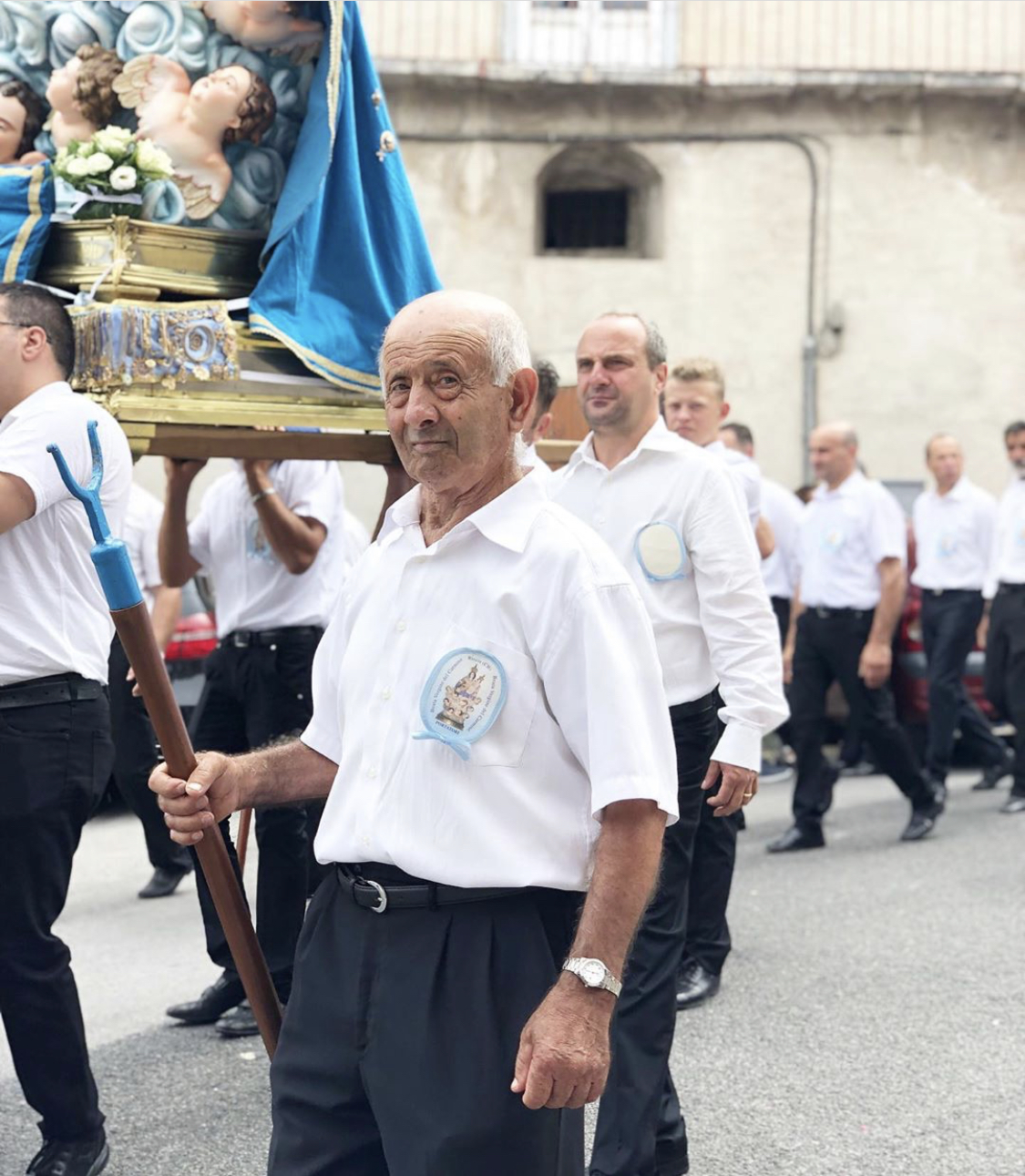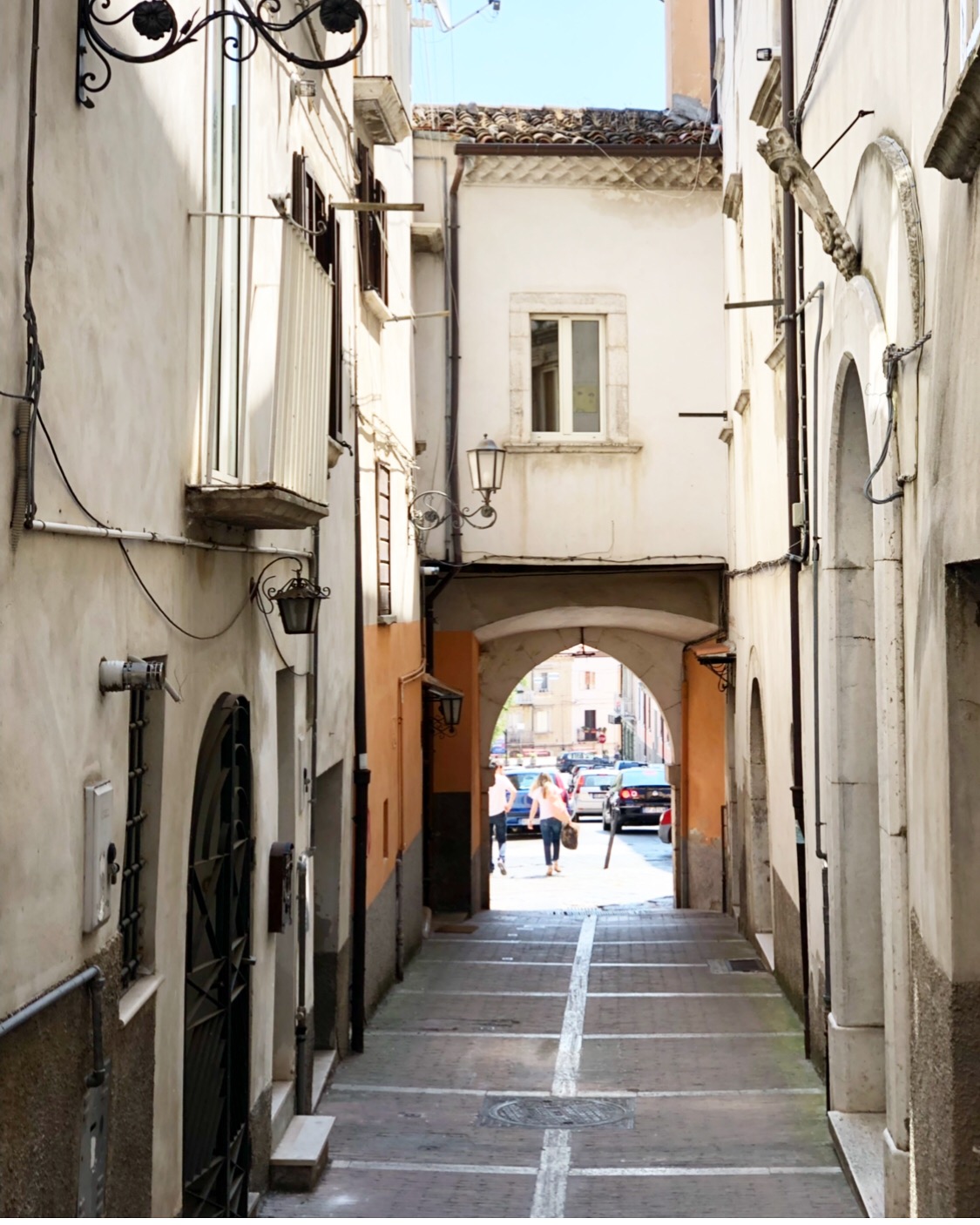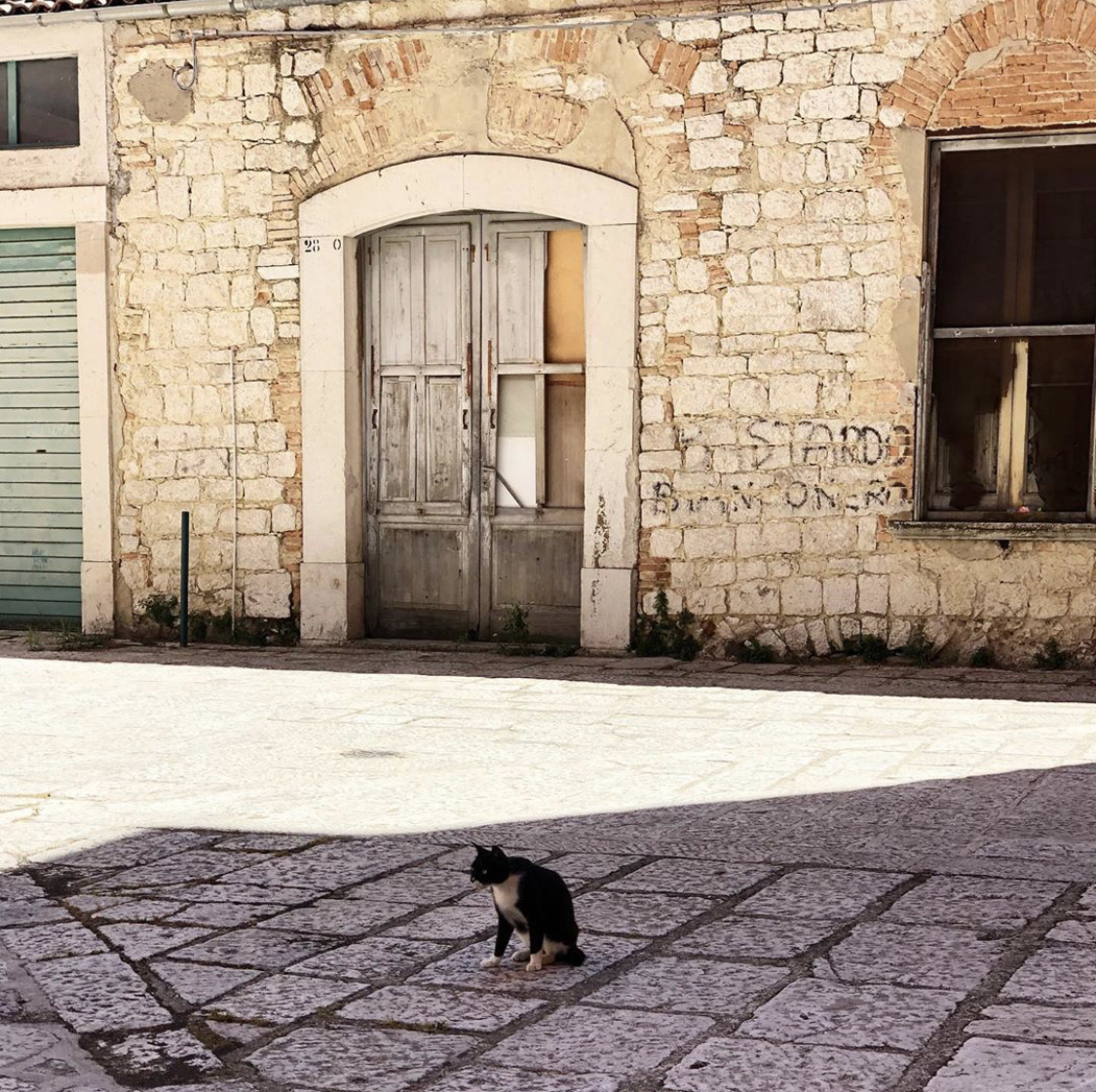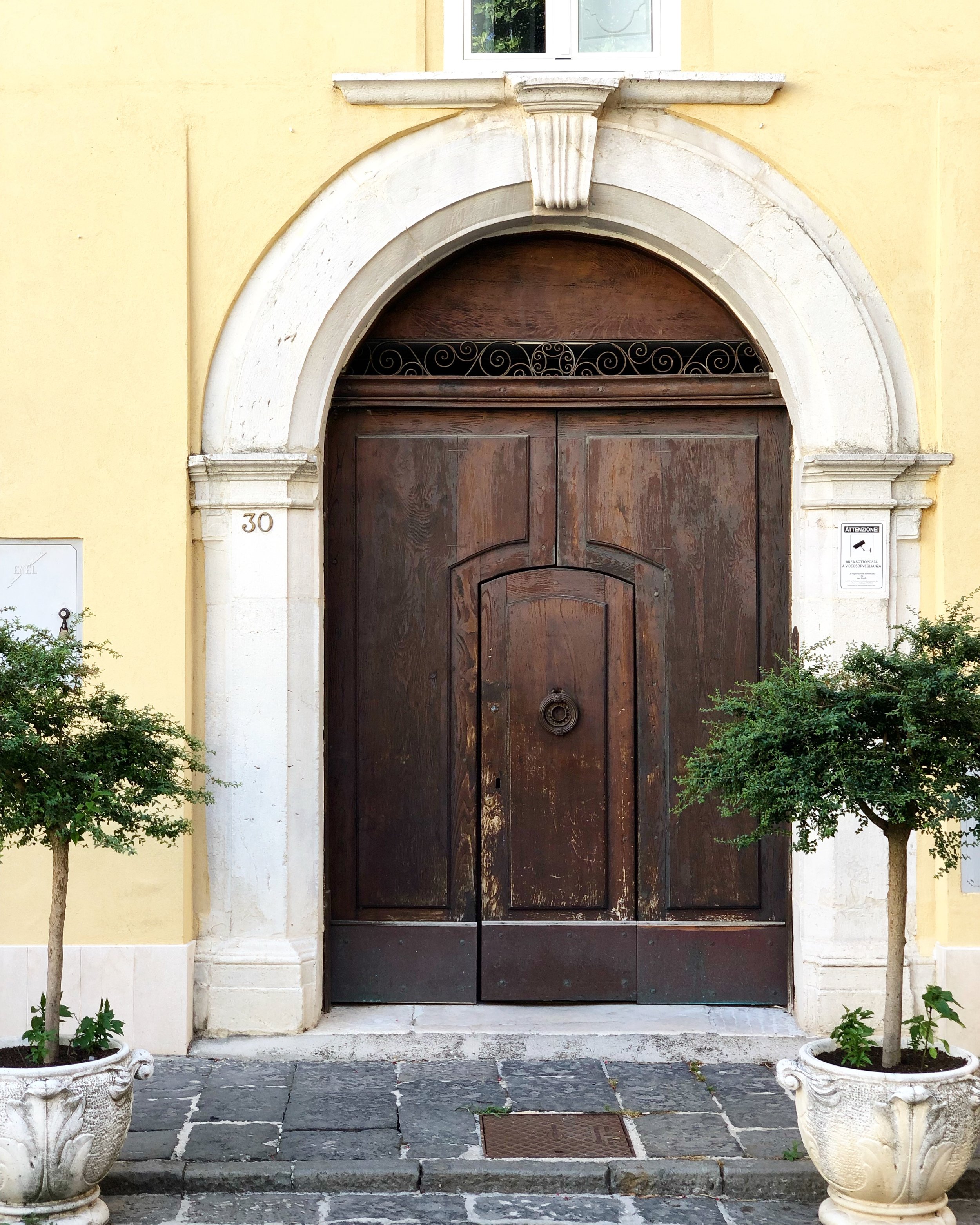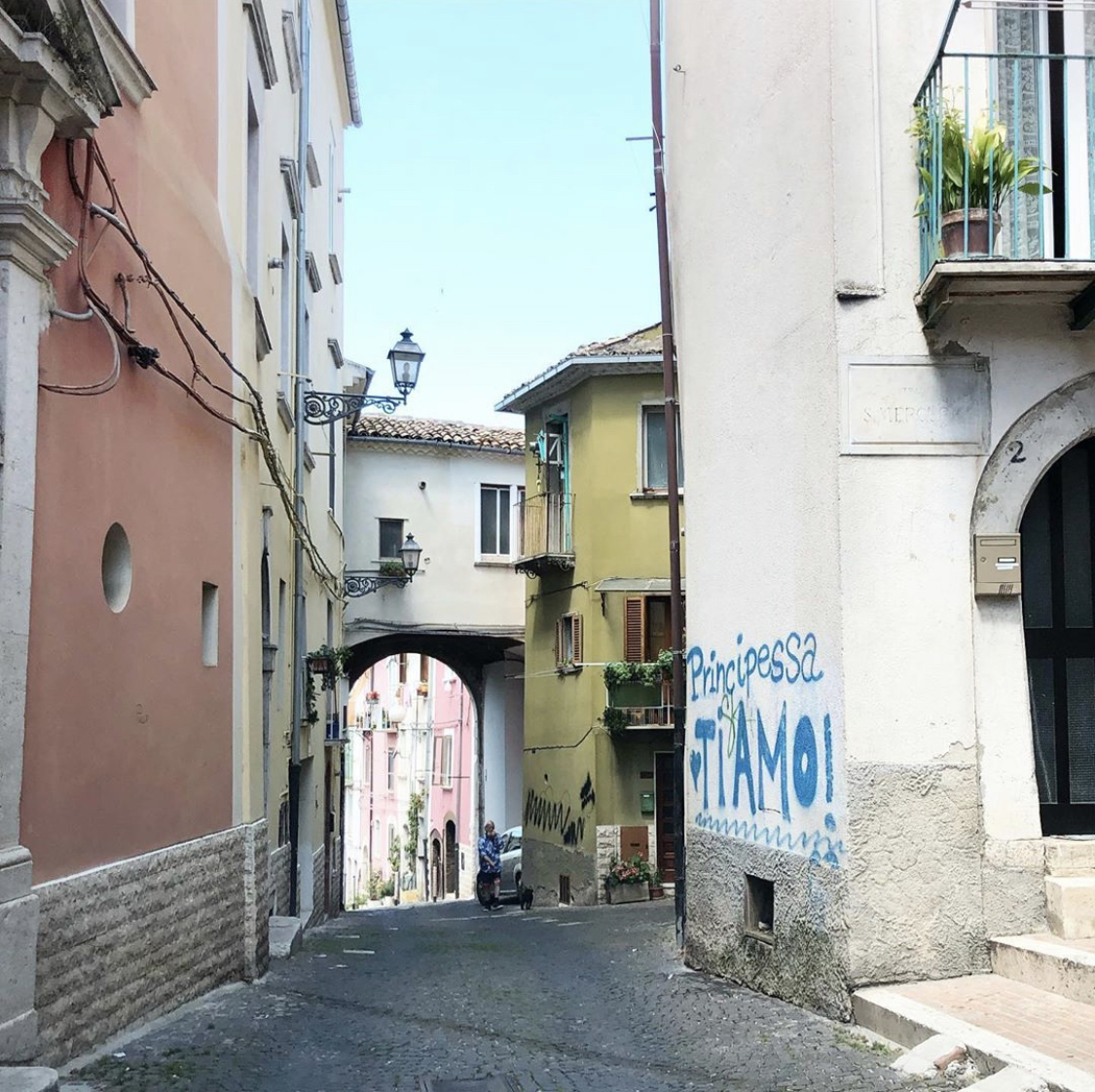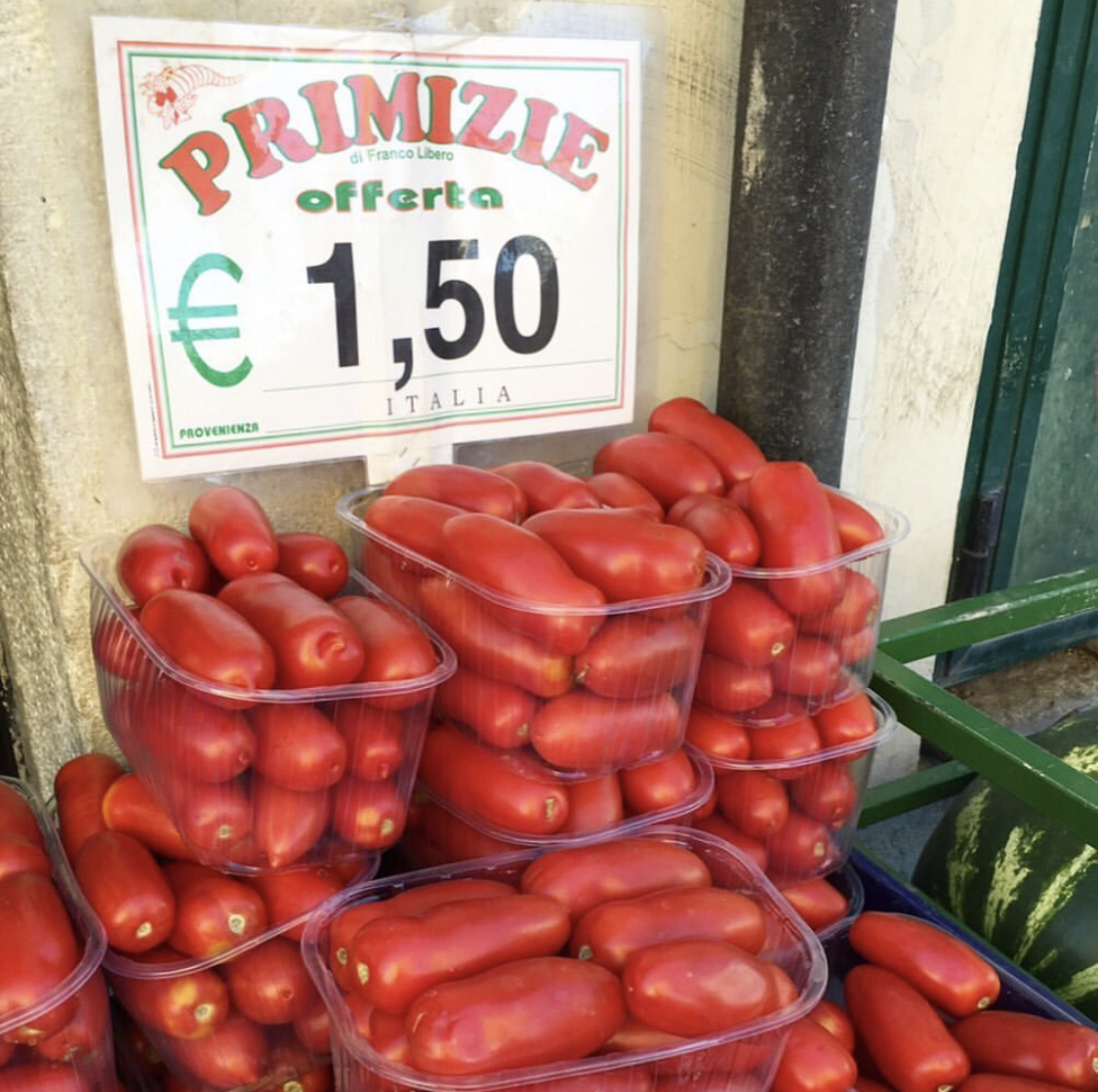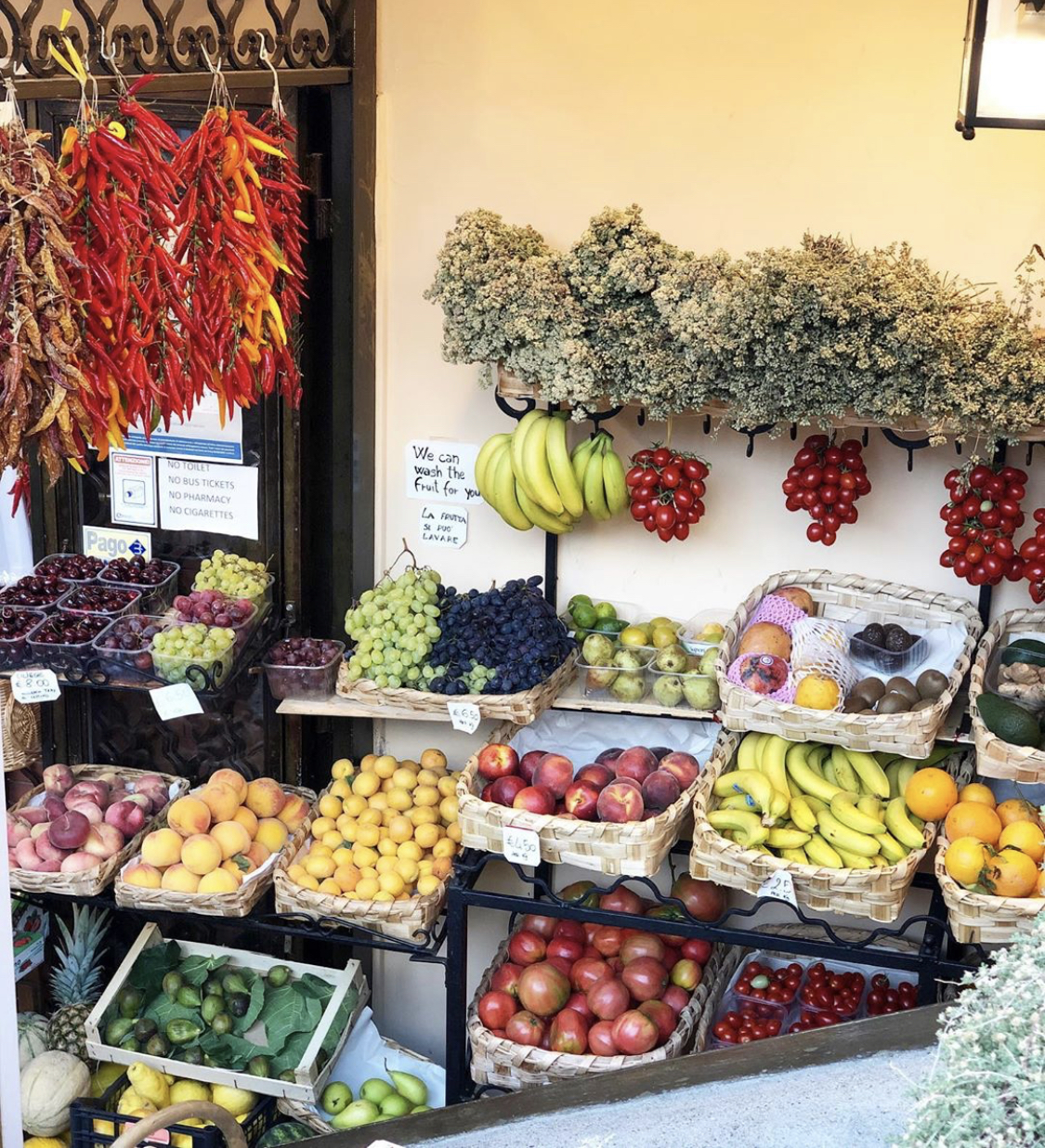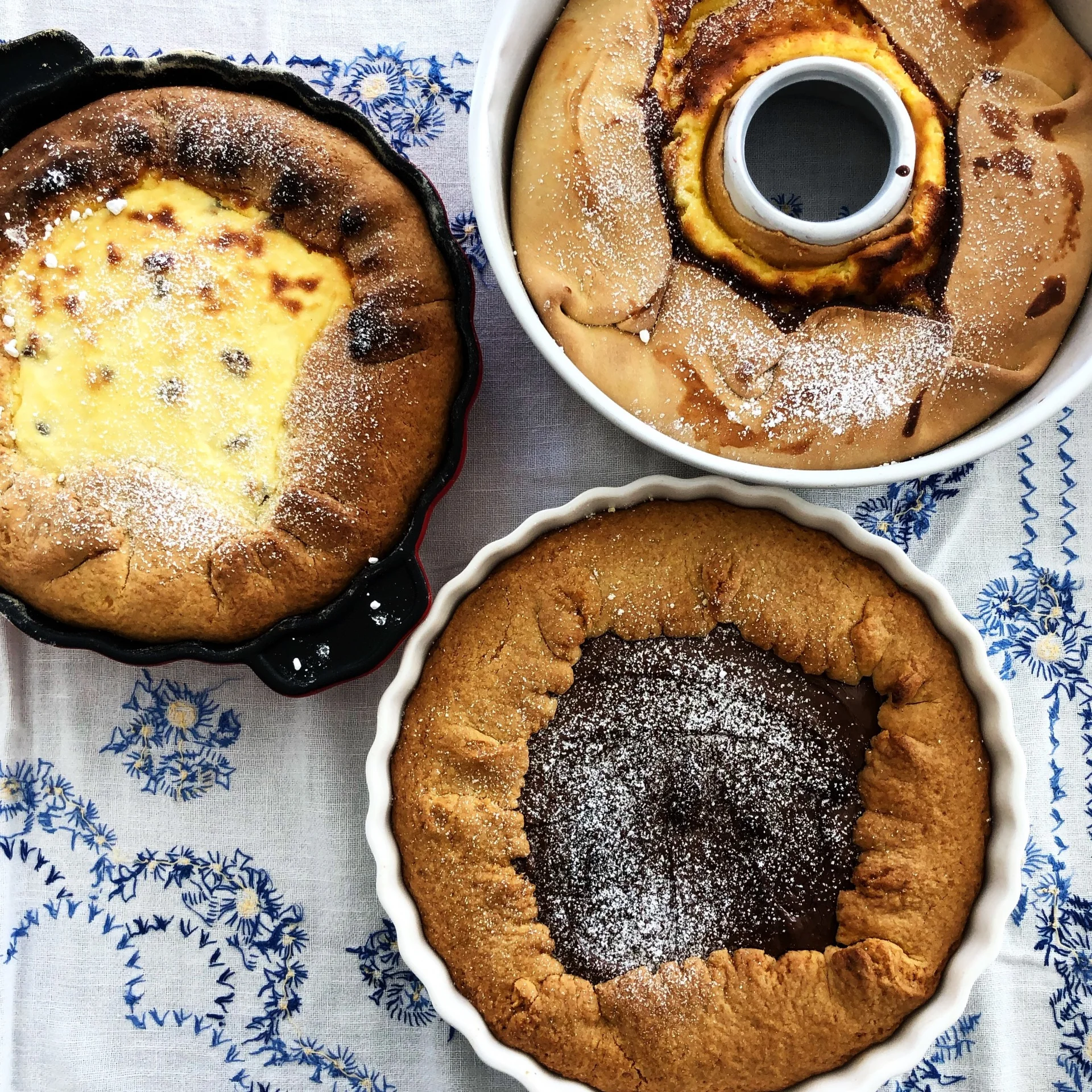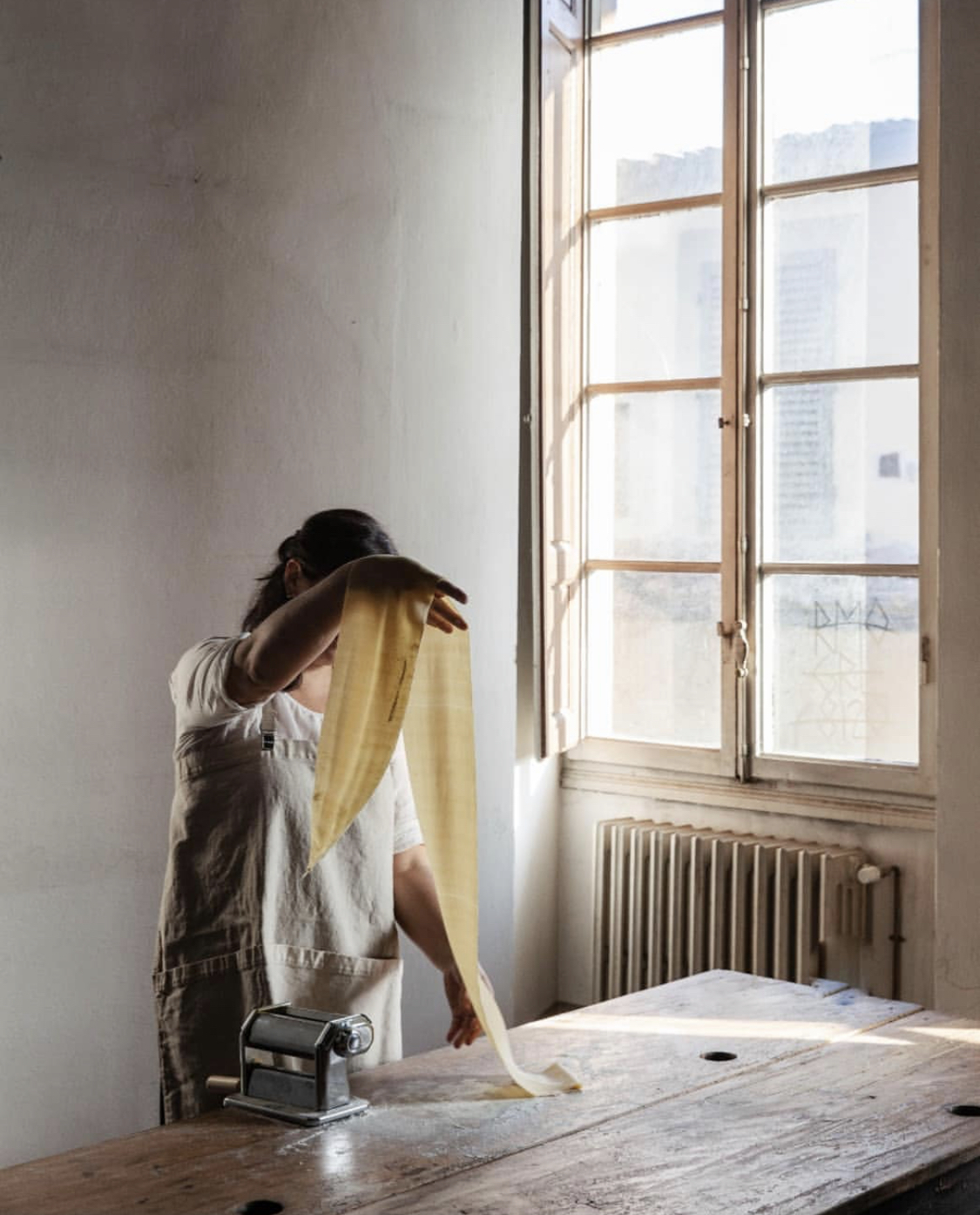Piazza Gabriele Pepe - Campobasso - Molise
Molise. Where is Molise you ask? Well, that’s what a lot of people ask. Once upon a time Abruzzo was the name of the region until 1963 when the province of Campobasso was split to form another region known today as Molise. As a little girl I remember hearing my father say he was Abruzzese when people would ask what region he was from, because it was easier than giving a history lesson!
One of the reasons I chose to take my students to Molise was because apart from being close to my heart, it is not a tourist destination, and I wanted to invite them into our other ‘life’ in Italy, where we still have immediate family, our best friends and godchildren, our nieces and nephews. I wanted them to experience the true taste of local Italian living. The visit turned out to be even more wonderful than I could have ever imagined and I am truly looking forward to doing it all again very soon.
Cantalupo del Sannio - Molise
Our 5 day tour of this delightfully picturesque region situated between the Adriatic Coast and the Sannio and Matese mountains, with the Abruzzo and Puglia regions above and below, I drove the students around in our Fiat 500 and they discovered a winery that was brought back to life, spent a day on a friend’s farm with his family and made pasta, took a trip to one of the highest points in the region to a cheese factory, and visited a Countess at her masseria to taste her extra virgin olive oil, along with some very long lunches of some of the finest typical Molisani dishes served with a whole lot of love and pride. The most important part of the visit was sharing our local Italian life with this very small intimate group. Does it get any better?
Here are a few pictures and a description of how our days went. I will do my best to remember the details because I was too happy living and enjoying the moments to keep a journal and stop too many times to take photos. I am certain I missed a few snaps along the way. I must mention that everything we ate and drank on this journey was either produced by the host, or by a local neighbouring farmer, and our guests could taste it with every single morsal and sip during their stay.
Enjoy!
Riccia - Molise
The students arrived a day early, which wasn’t a problem at all, because in true Italian style nothing usually is. One of the best things about this visit was that the group was small and intimate, and the visitors were considered to be our guests rather than tourists. My husband and I were the guides so we could ad lib when we wanted and add in the odd extra aperitivo, or visit somewhere spontaneously that wasn’t on the ‘agenda’. It was very relaxed and as authentically Italian as can be.
The morning after they arrived we were headed to my sister in law’s farmhouse for a visit. She’d asked us if we wanted to go and make jam as the fruit on her prune tree was ready to be picked. We stopped by at one of the towns pizzeria’s, owned and run by a family who has been baking for over 100 years. You’ve never eaten pizza quite like it. We also stopped to get a bit of prosciutto, mozzarella and parmigiano to take to her farmhouse for a little ‘spuntino’ (snack) at lunch time. On arrival we decided against making the marmellata (jam) and instead went for a short hike through the woods to stretch our legs and breathe in some fresh Molisano air.
Before our orientation that evening (when the visit officially began) we went for an aperitivo and took a stroll through the historic centre up to the Castello Monforte. Later that evening we ate at a restaurant tucked away in the underground city of Campobasso, boasting ancient stone carvings and paintings. We ate melanzane al forno with ricotta, homemade cavatelli with cinghiale, veal medallions, and then enjoyed some deserts, caffe` and of course amaro.
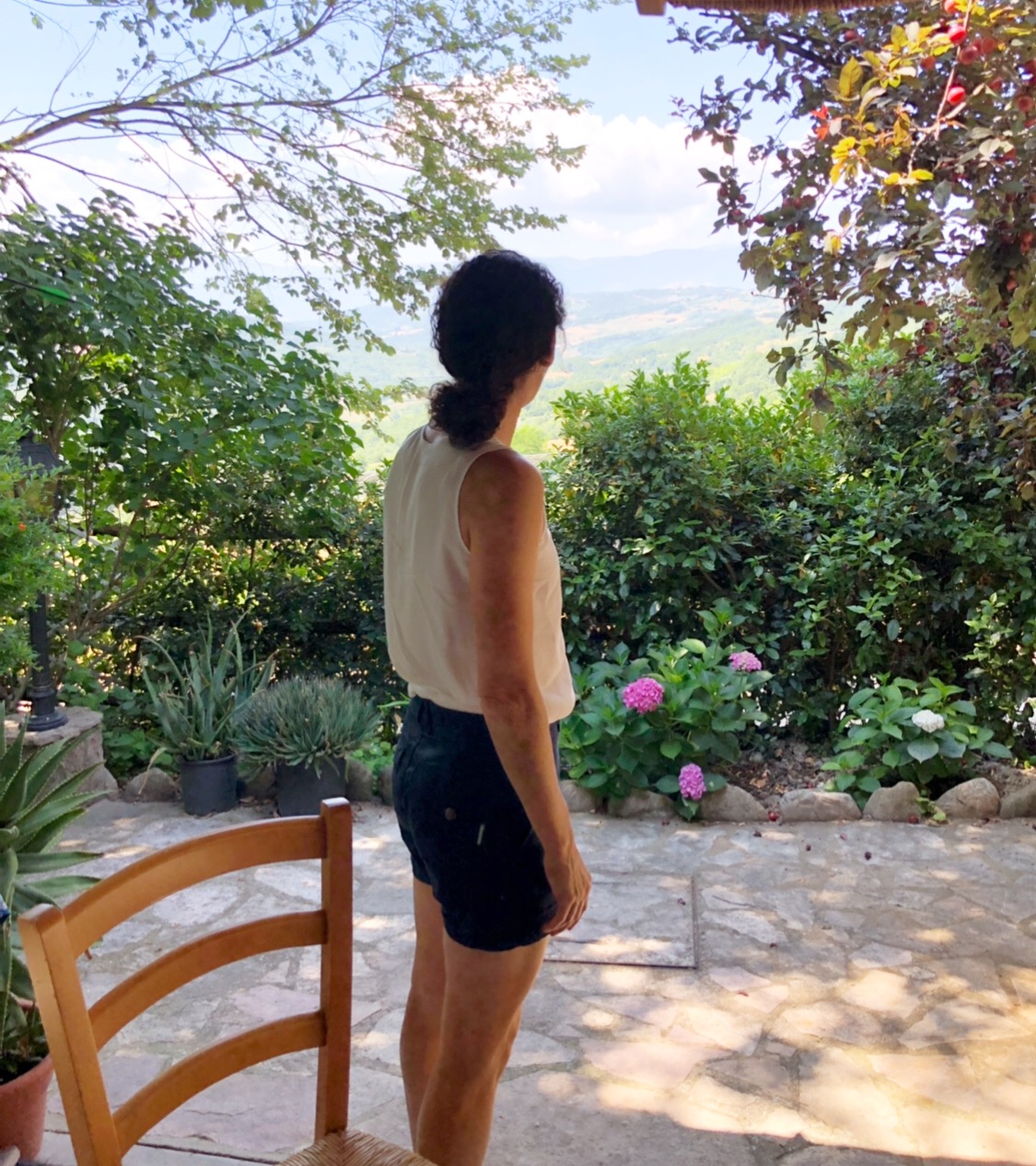
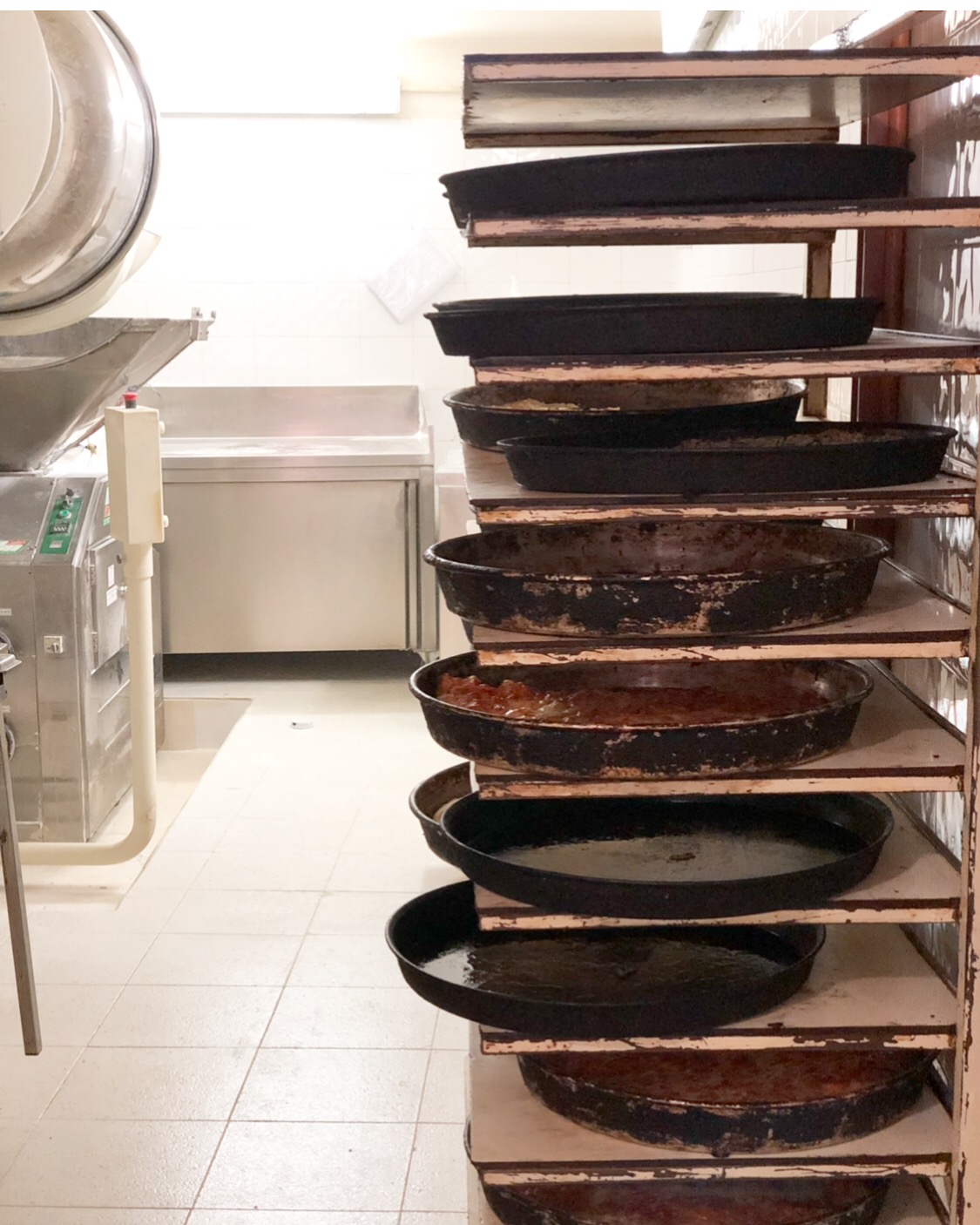
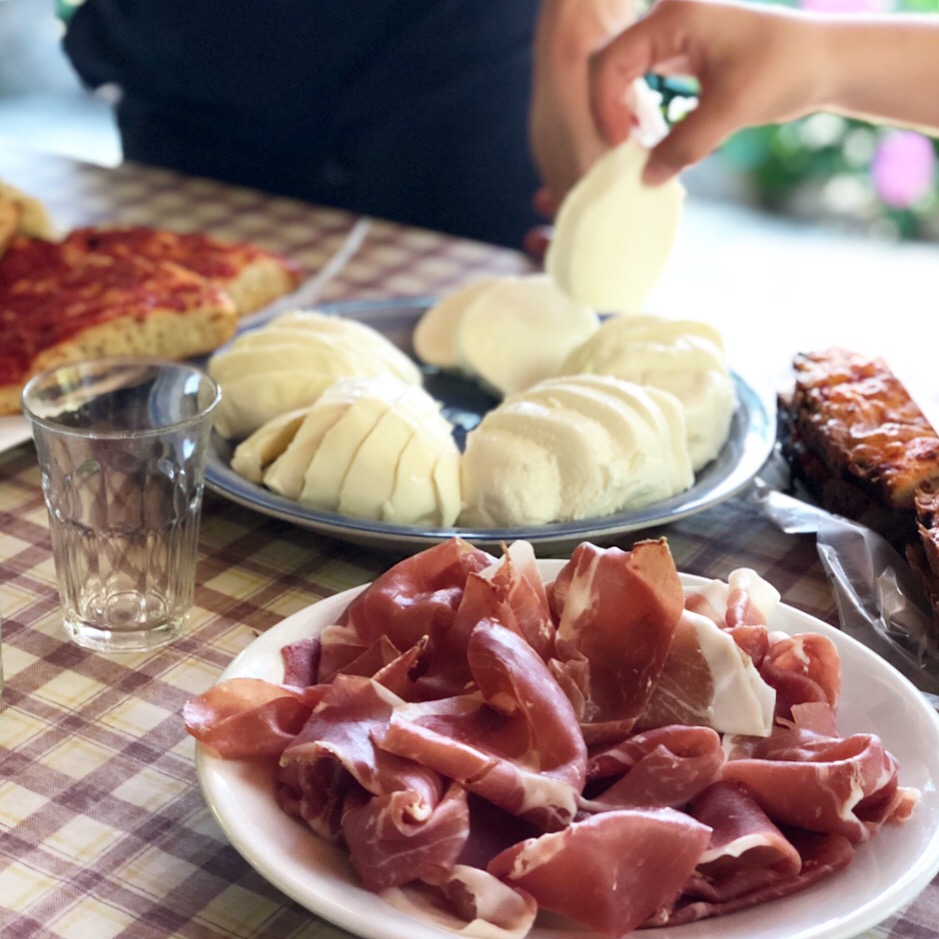
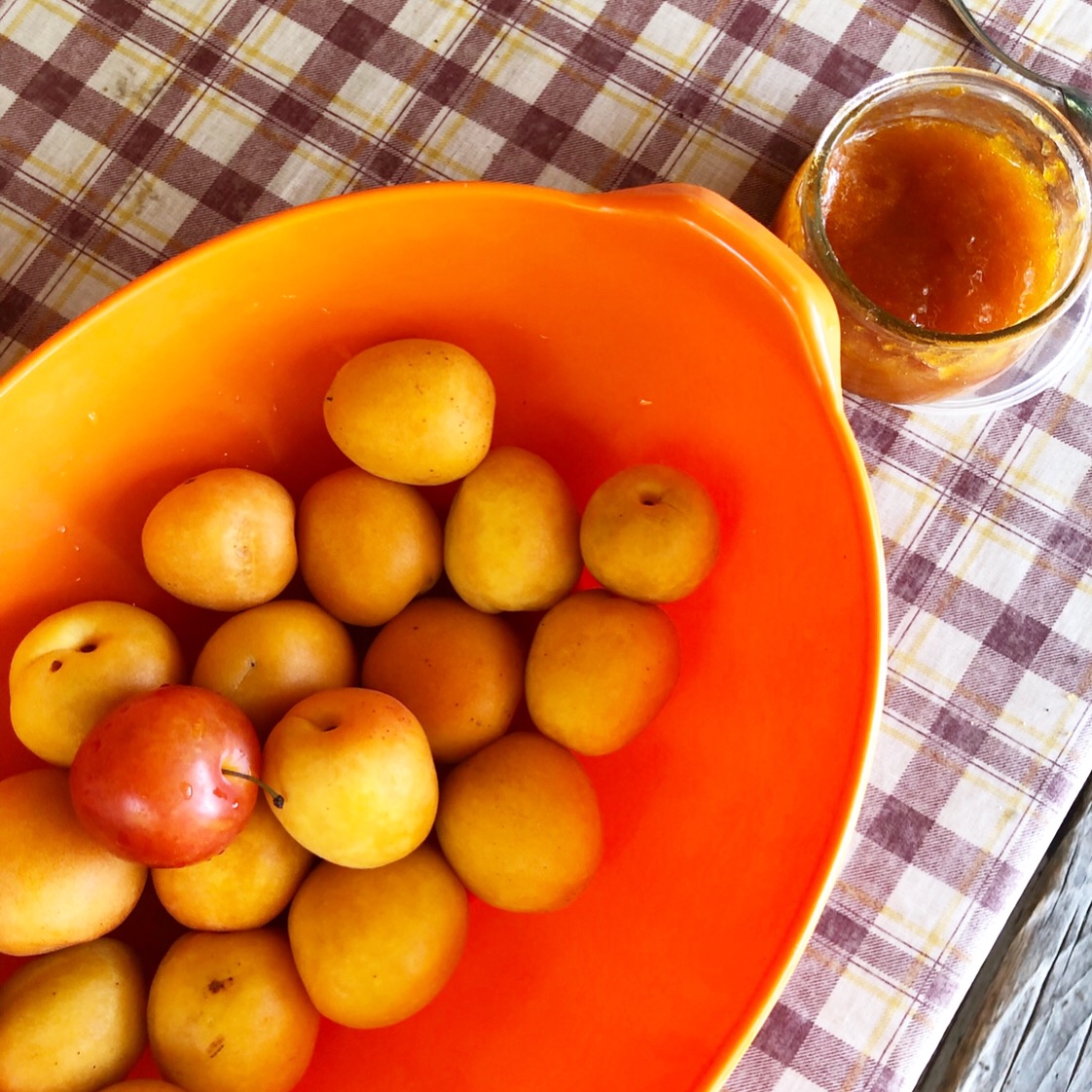
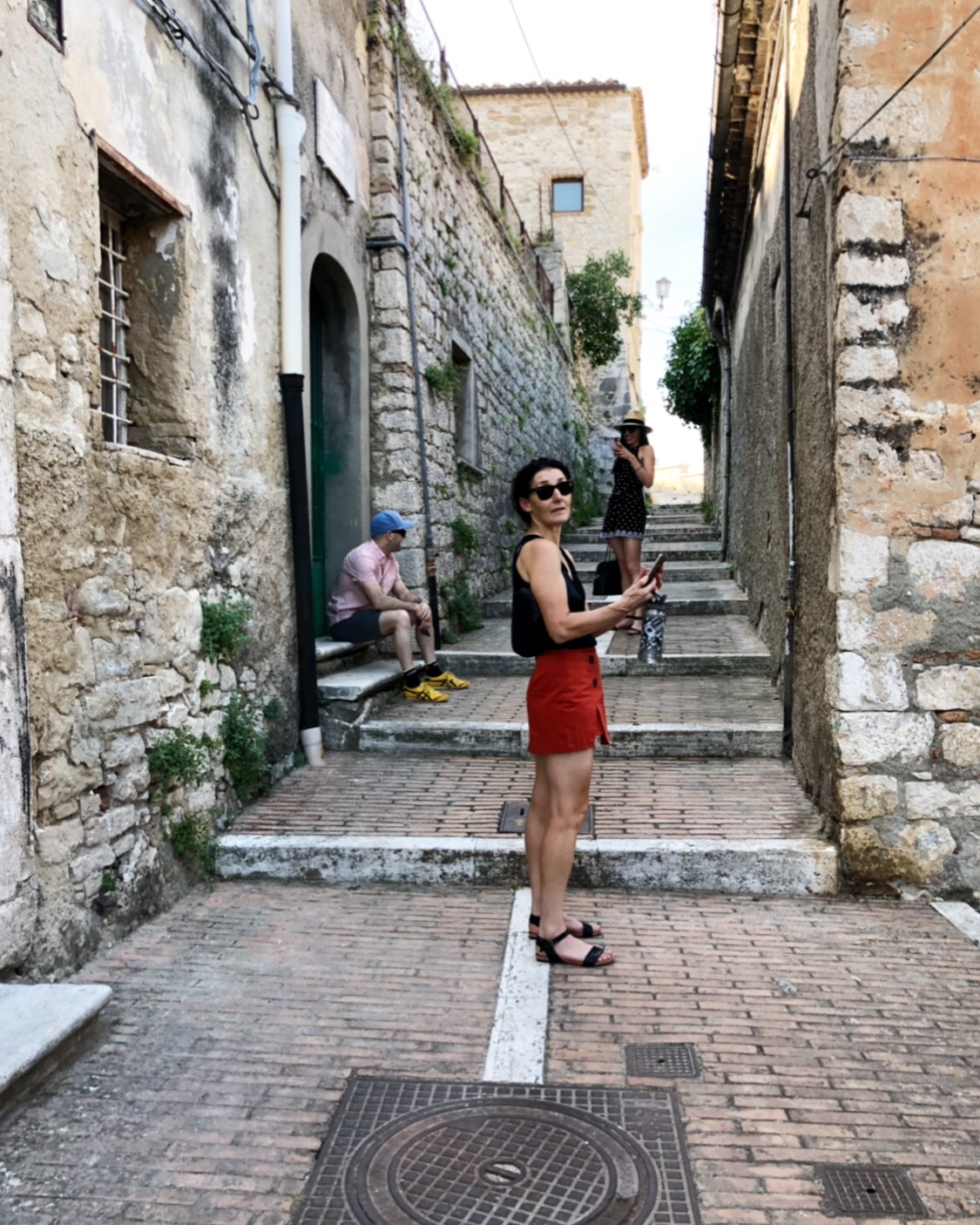
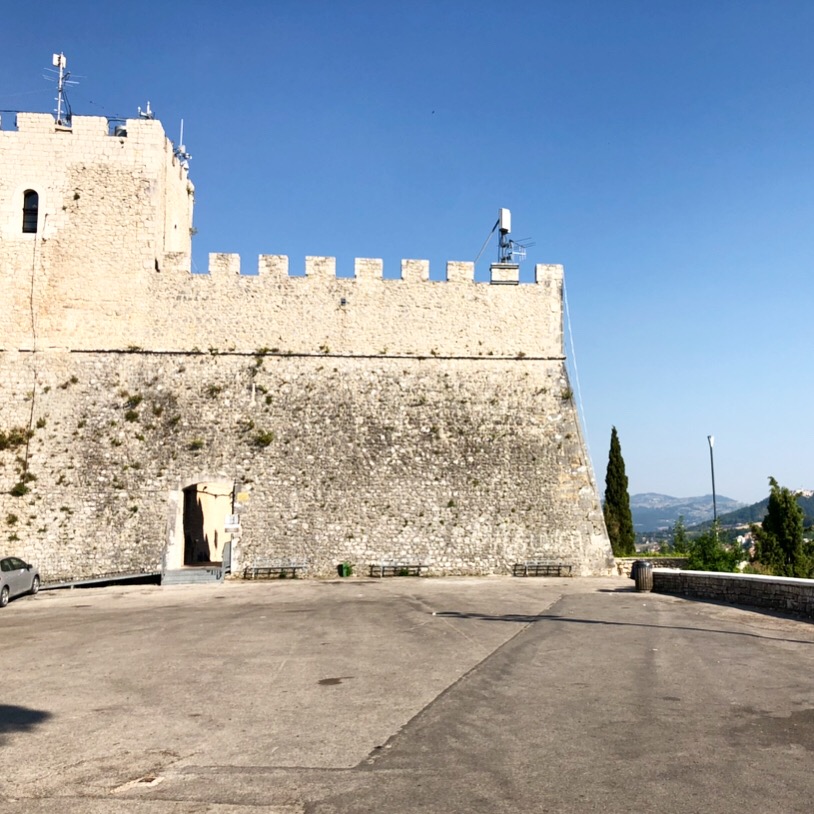
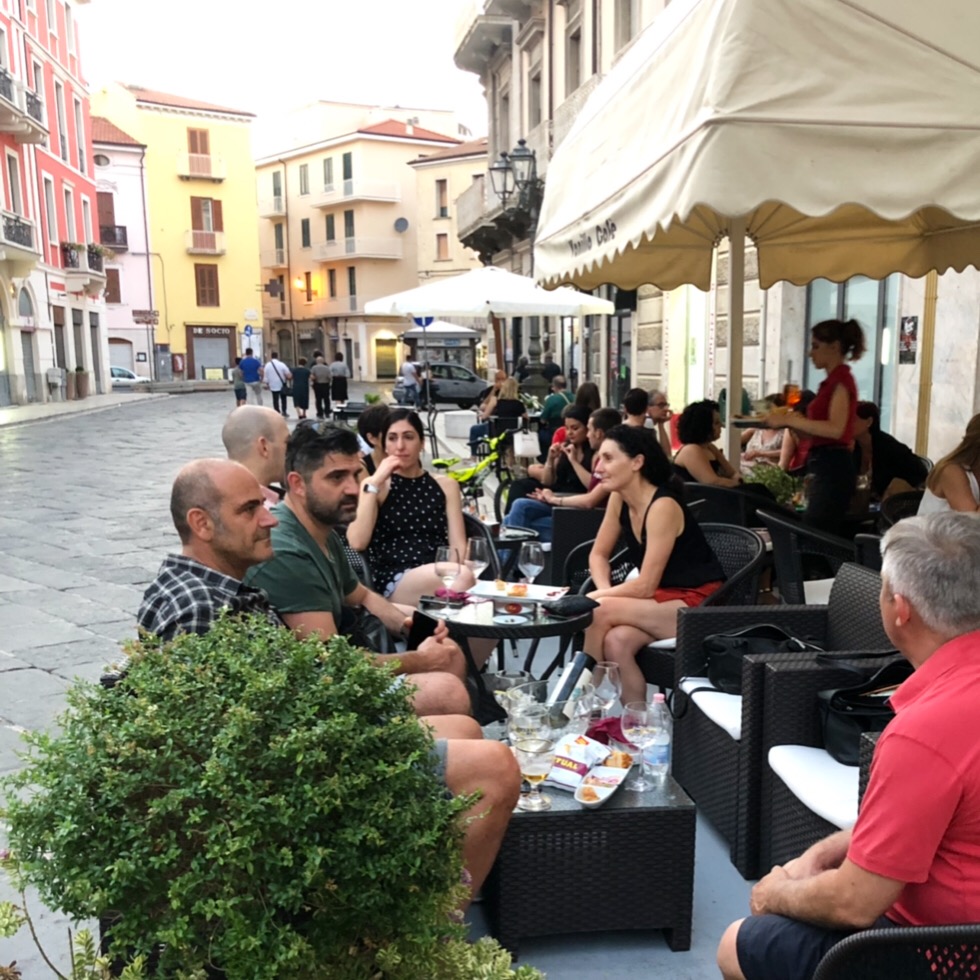
On day two we headed off to Ripalimosani where we took a 4wd and drove through some hillside vinyards to see how this uncultivated land had been given new life by its owners, and how the wines are produced using no preservatives or pesticides. Back at the hosts home, we tasted all of their delicious wines, from Tintilia rose and red (a typical grape from Molise), to whites including chardonnay.
I’m not sure I’d call them ‘tastes’ as the pours were extremely generous, so it was just as well we were offered platters of bread, capocollo, salsiccia, caciocavallo and other cheeses, all from local neighbouring farmers.
After our visit to the vineyard, we headed off to our friend’s horse riding property where they also have a trattoria and we enjoyed a never ending lunch that was absolutely divine. Rosaria prepared many different local delights and the antipasto was full of variety including cacio e uova (cheese and bread balls), buffalo milk mousse and fiori di zucca. My favourite were her homemade ravioli with ricotta filling and a very light pesto di pistacchio sauce. The cantucci biscotti with cherry and lemon jam she made were so good I took some home for our breakfast the next day. From the pips of the cherries she’d used to make the jam, she also made a heavenly cherry liquor enjoyed by all. Waste nothing!
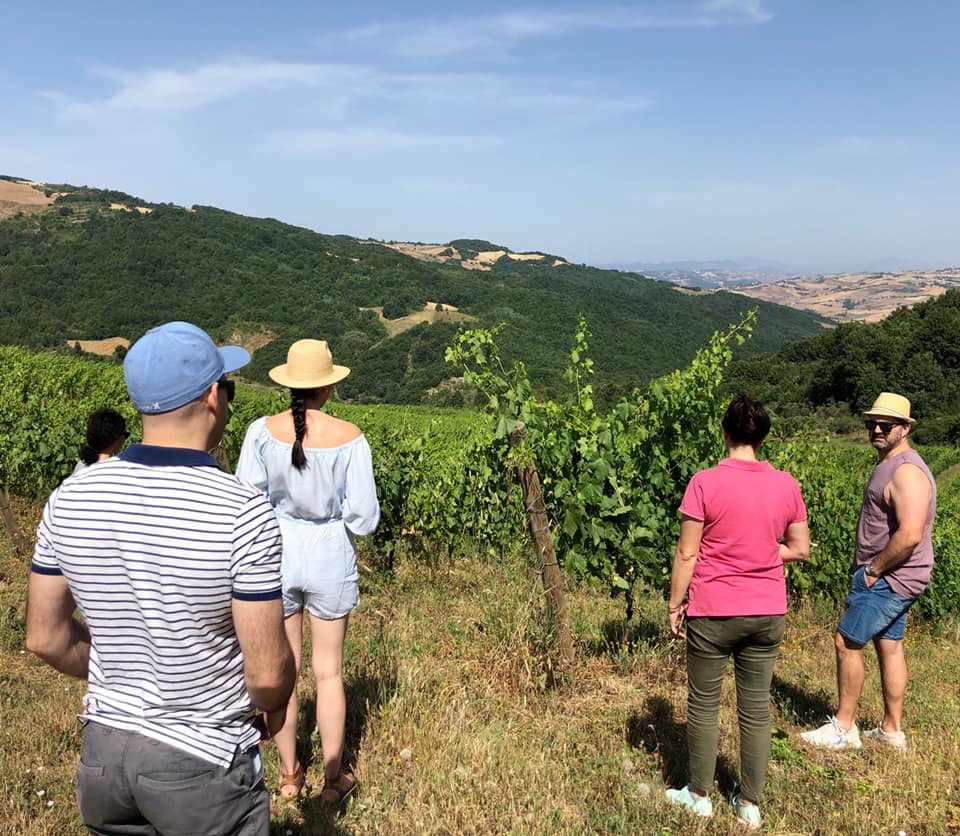

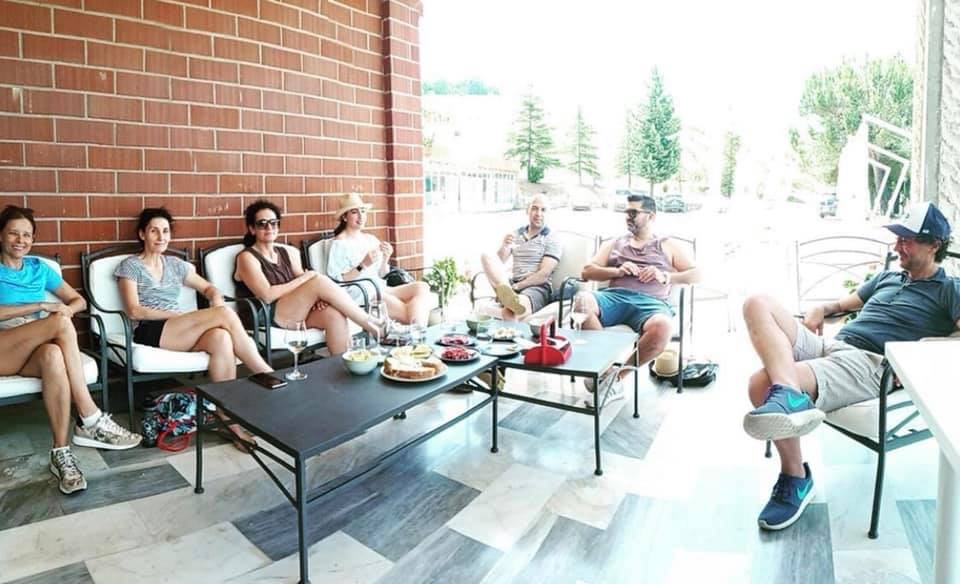
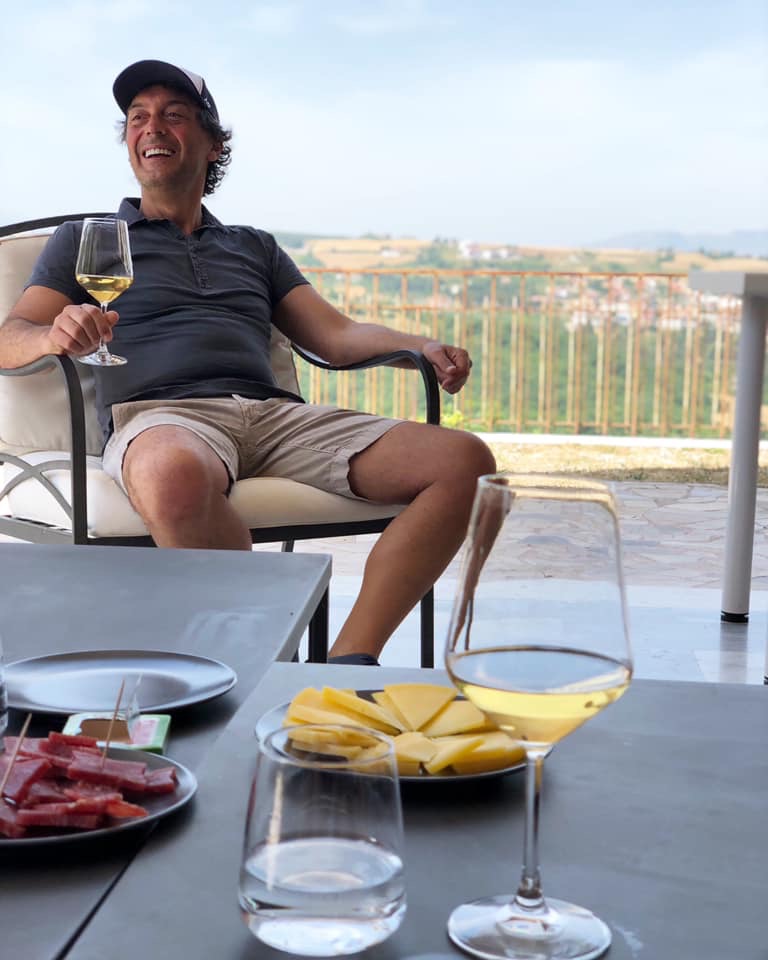
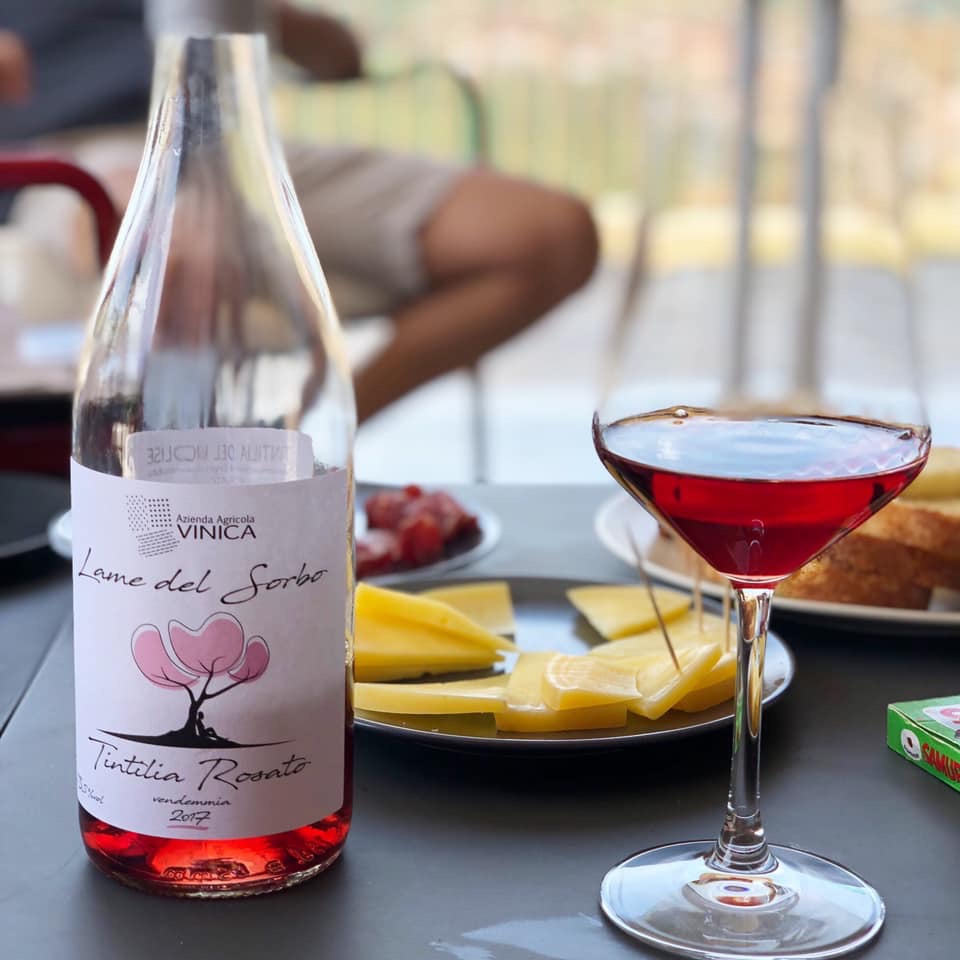
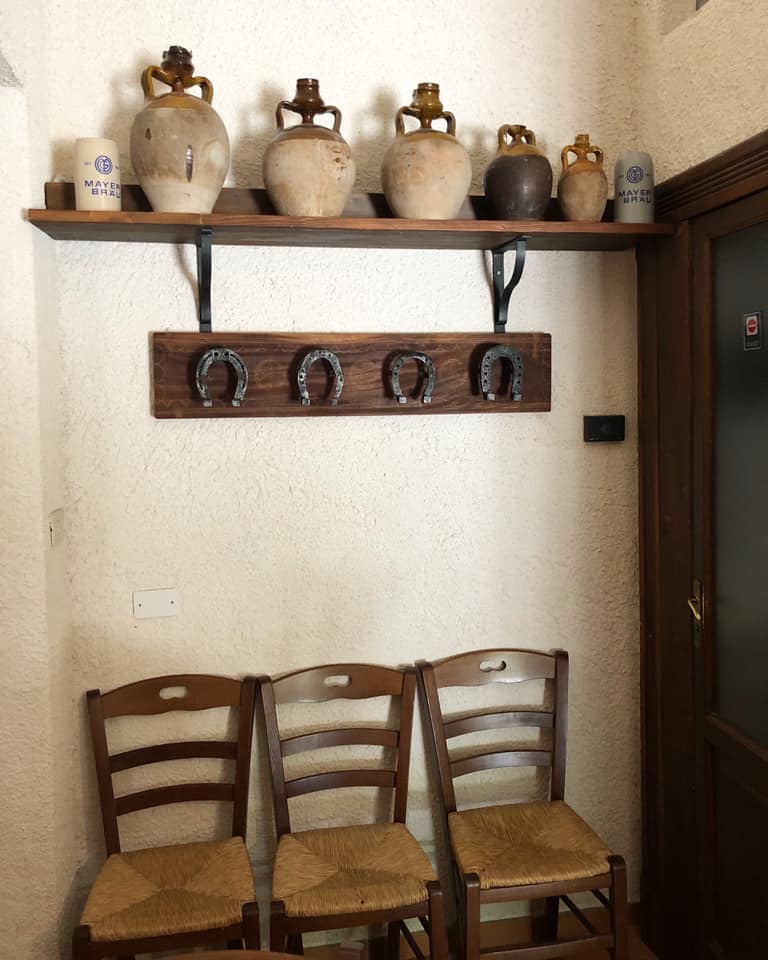
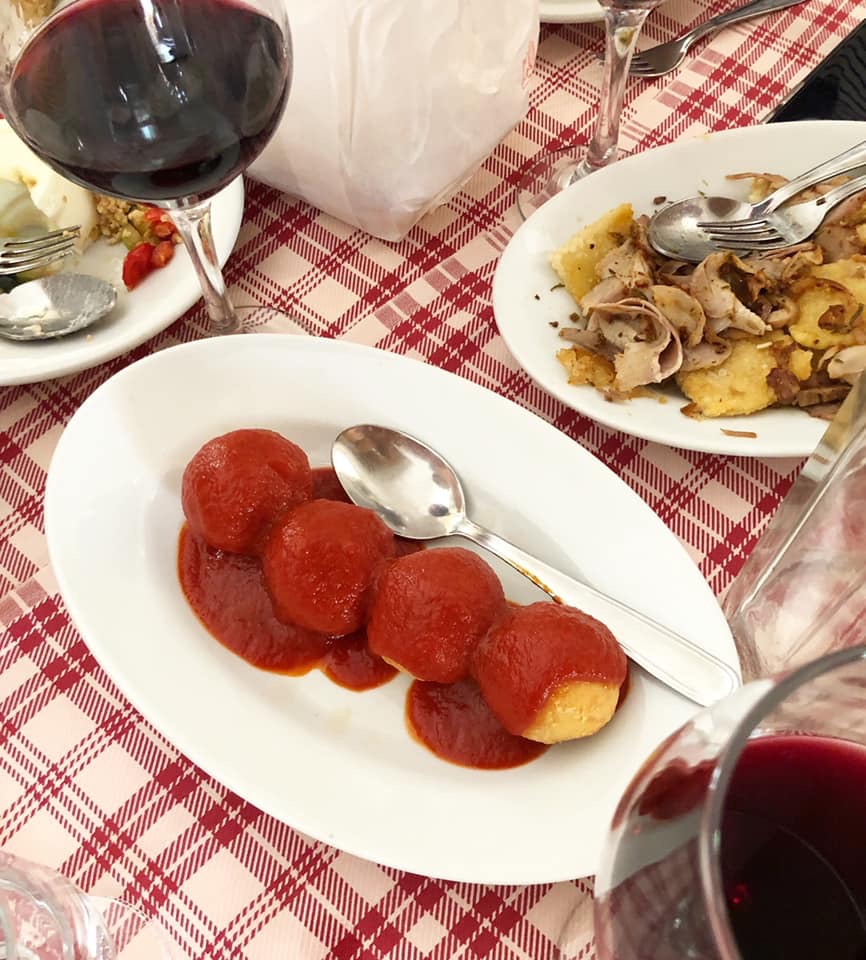
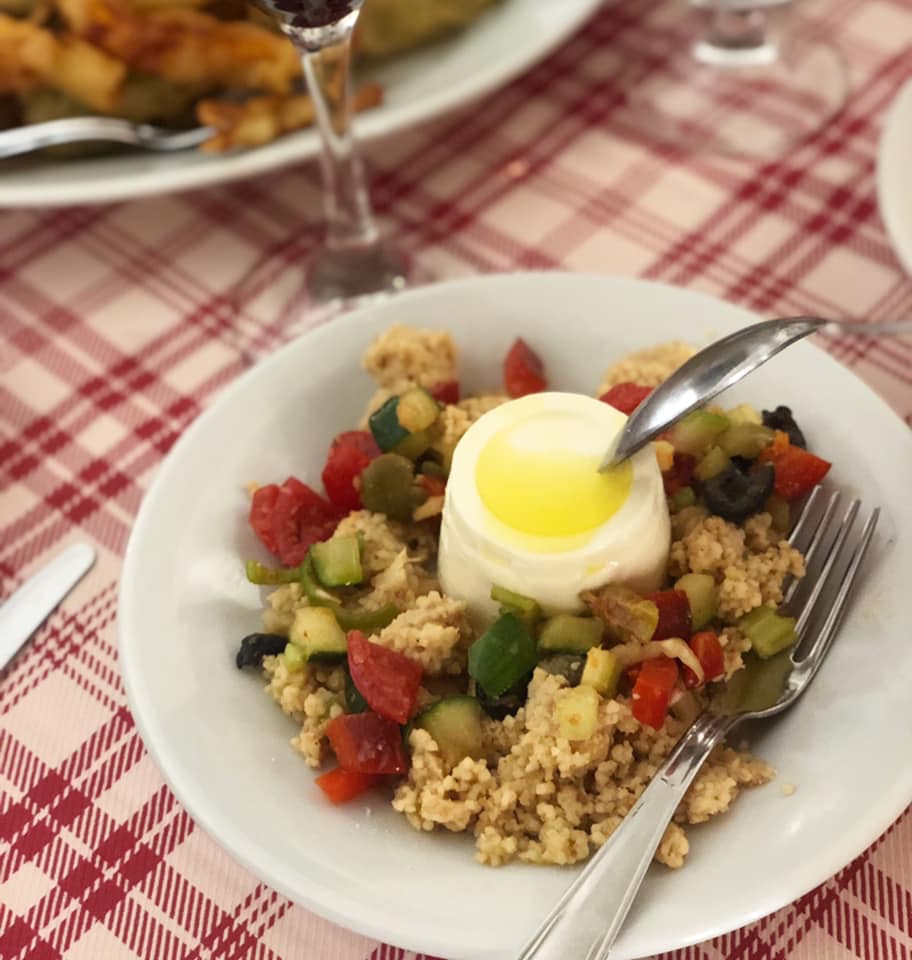
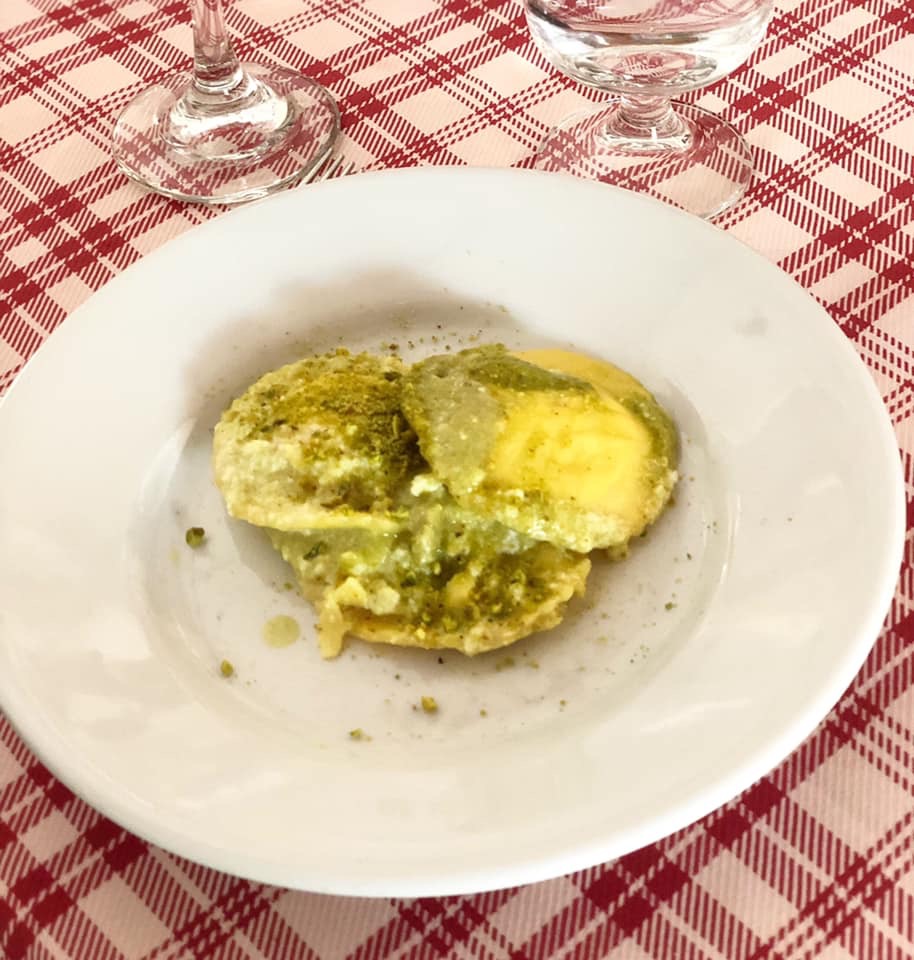
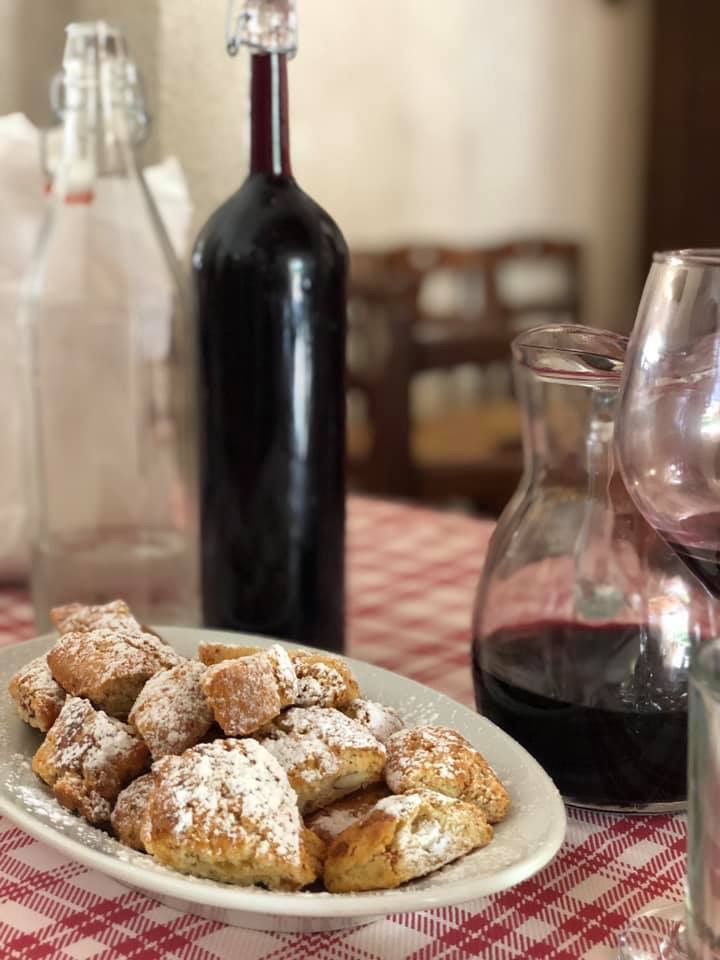
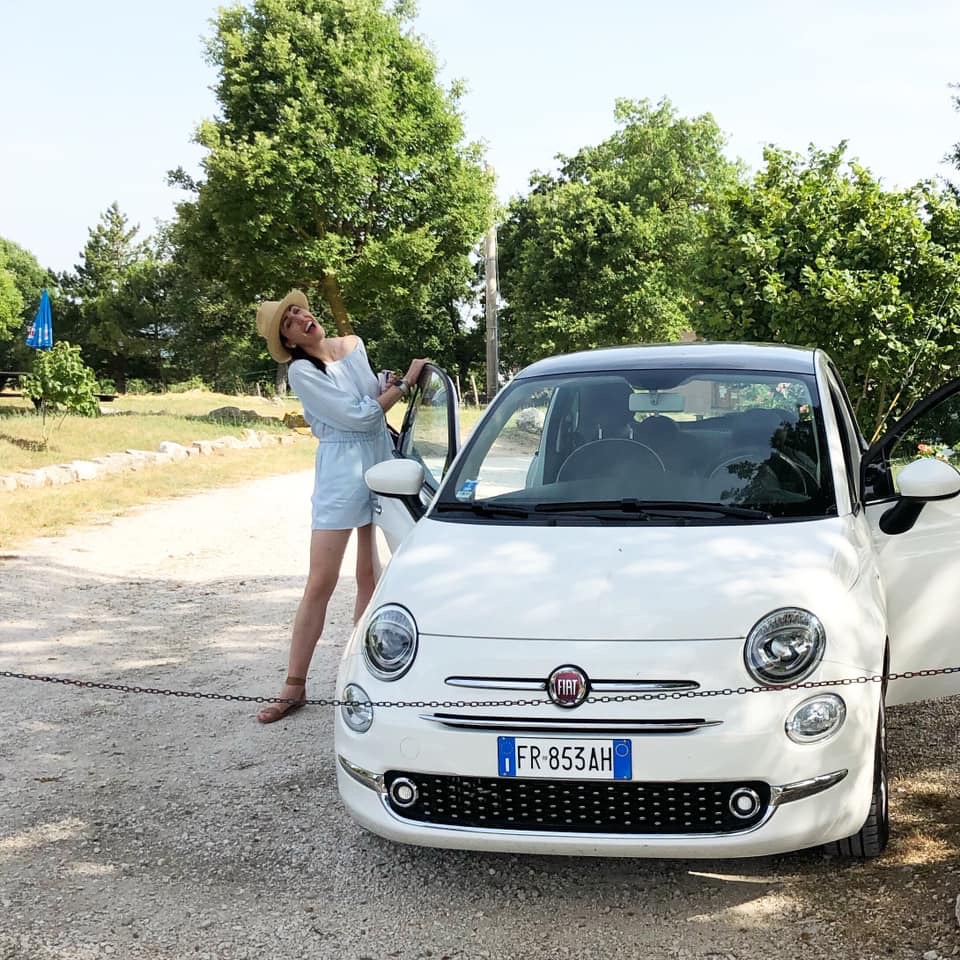
Day three we took a visit to our friend Pino’s farm who greeted us that morning with an espresso made with the moka (stove top espresso maker) and a few different homemade biscotti and crostate (sweet pies). If our guests had known what his mamma was going to prepare us for lunch I know they would have refused breakfast.
We were invited into Pino’s ‘sala dei lampadari’ (the room where all of the prosciutto is hanging to be cured) where he explained to us the process of how it’s all done (in Italian of course!). We also got a chance to taste it at lunch. Pino’s mamma then took us to milk the cow and use the milk to make some fresh mozzarella, followed by a pasta making class of cavatelli (a pasta shape typical of the Molise region) with flour made from their own grain. We tasted the ricotta she had made earlier that morning and all agreed it was the best ricotta we had ever eaten! After lunch we all had ‘la zoletta’ made especially by Pino, which is a sugar cube soaked in alcohol made from a variety of different herbs found on their farm, and was just what we needed to help us digest the 6 course meal we had just devoured. Then we took off up to the top of this wonderful village to enjoy the most supurb panoramic view of Italy, all the way from East (the Adriatic coast) to West (the mountains of Campania), and while up there we visited some churches and drank fresh ice cold water that was gushing out from the mountain side.
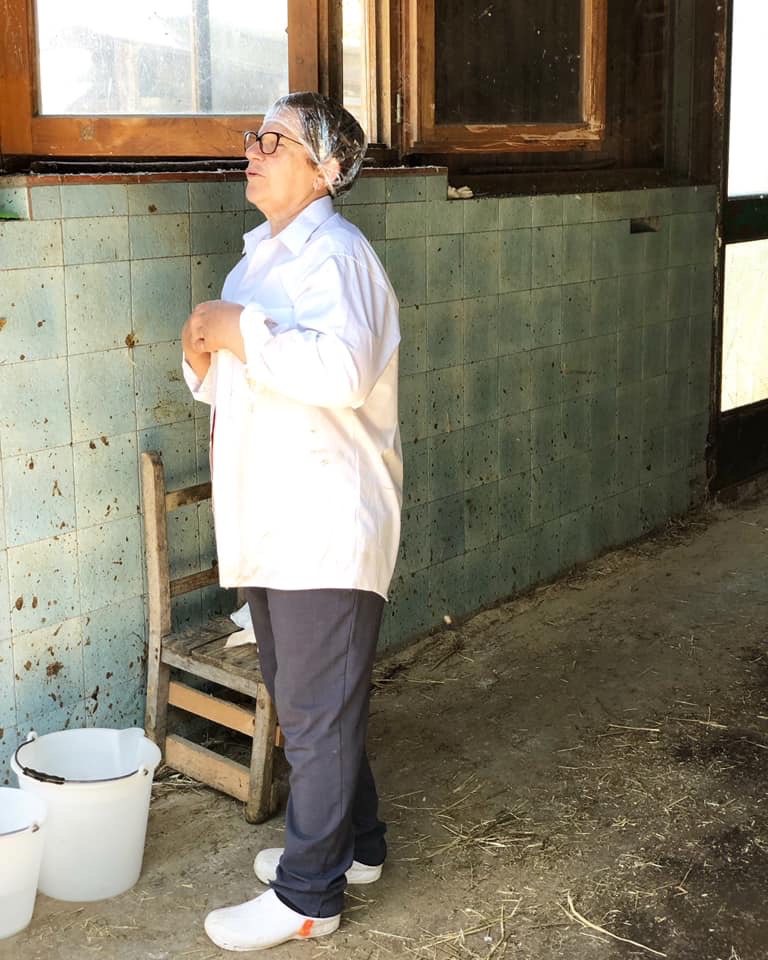
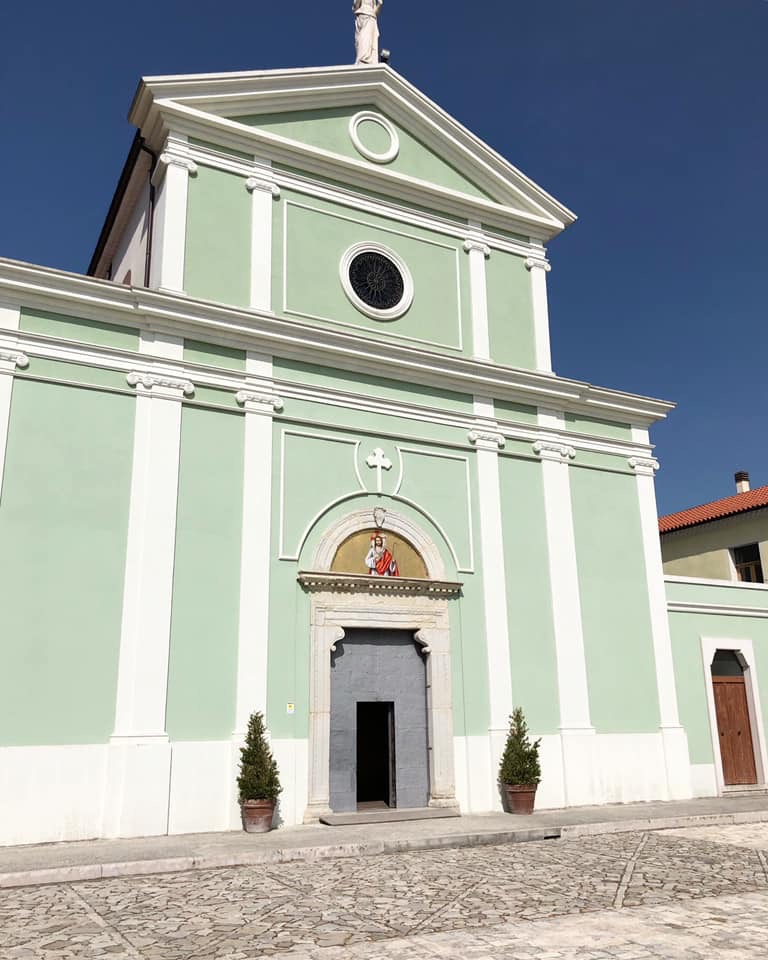


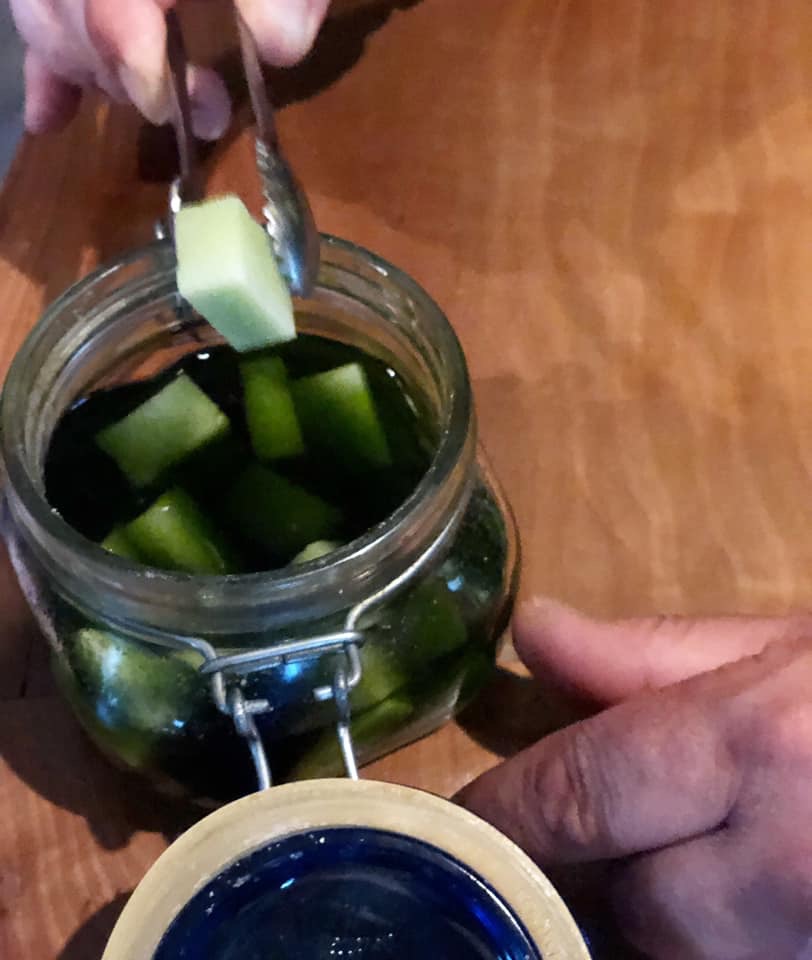
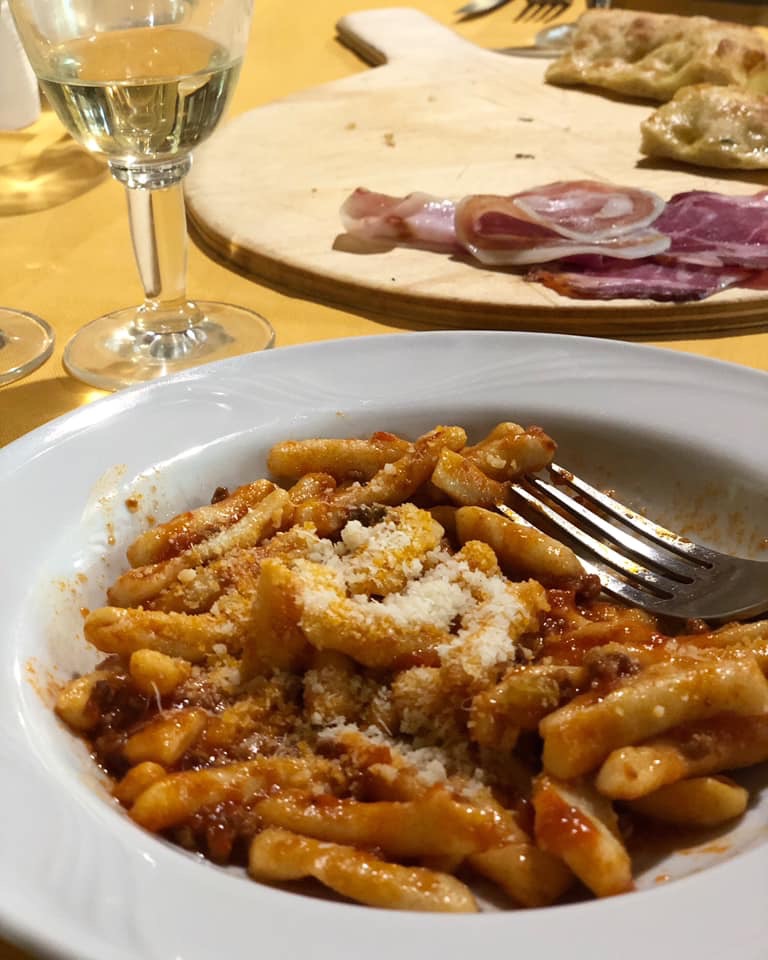
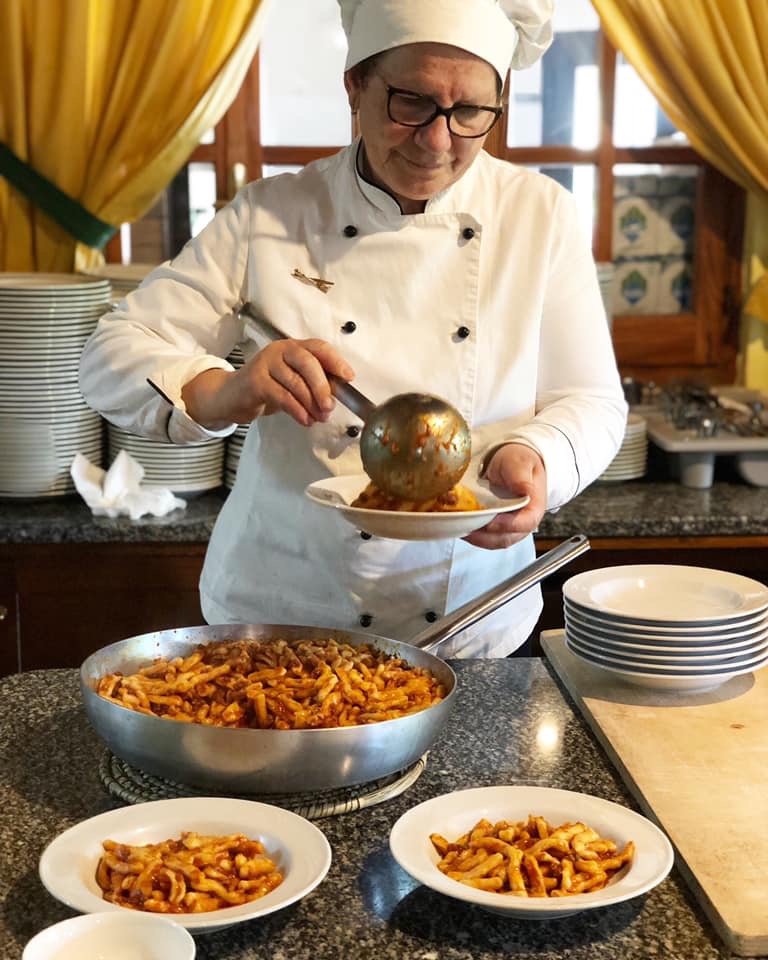
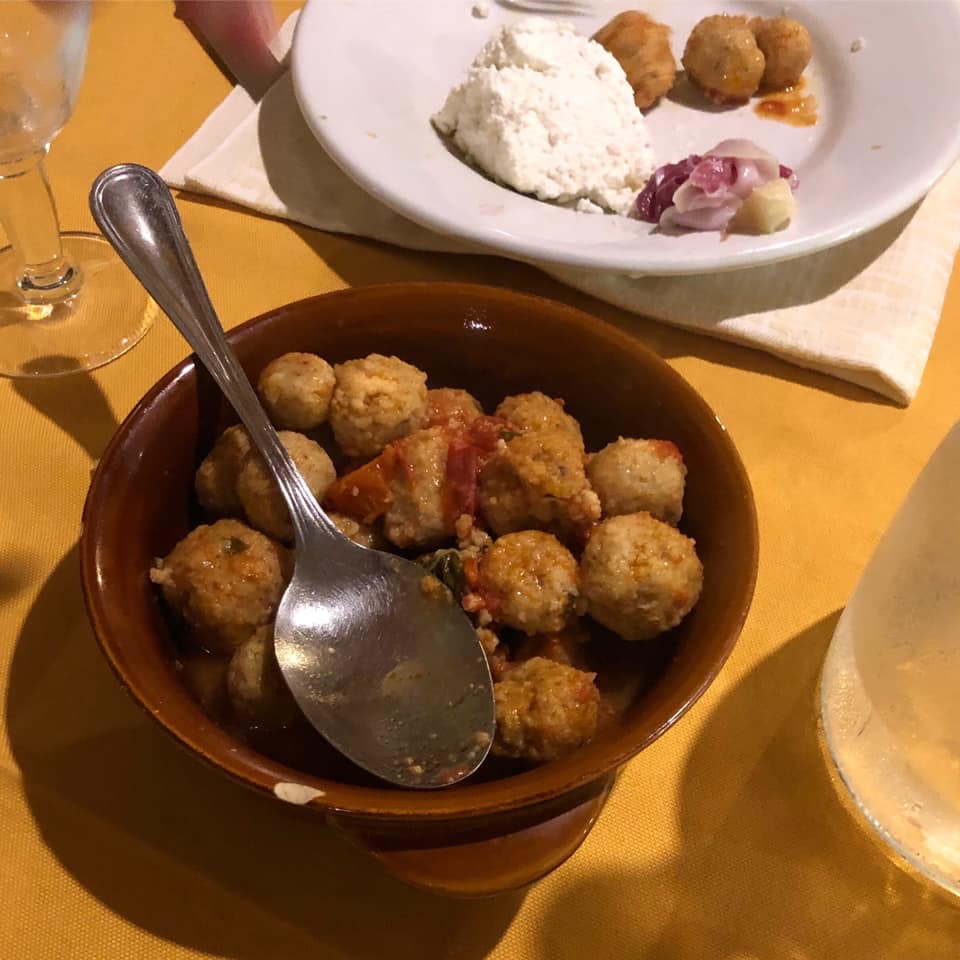
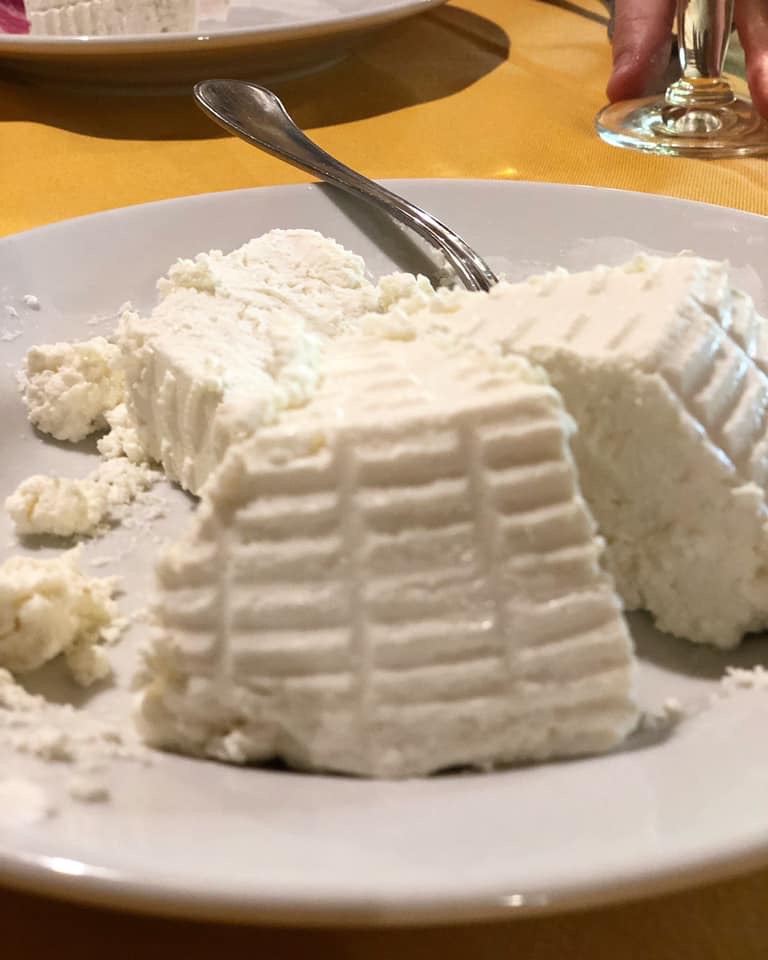
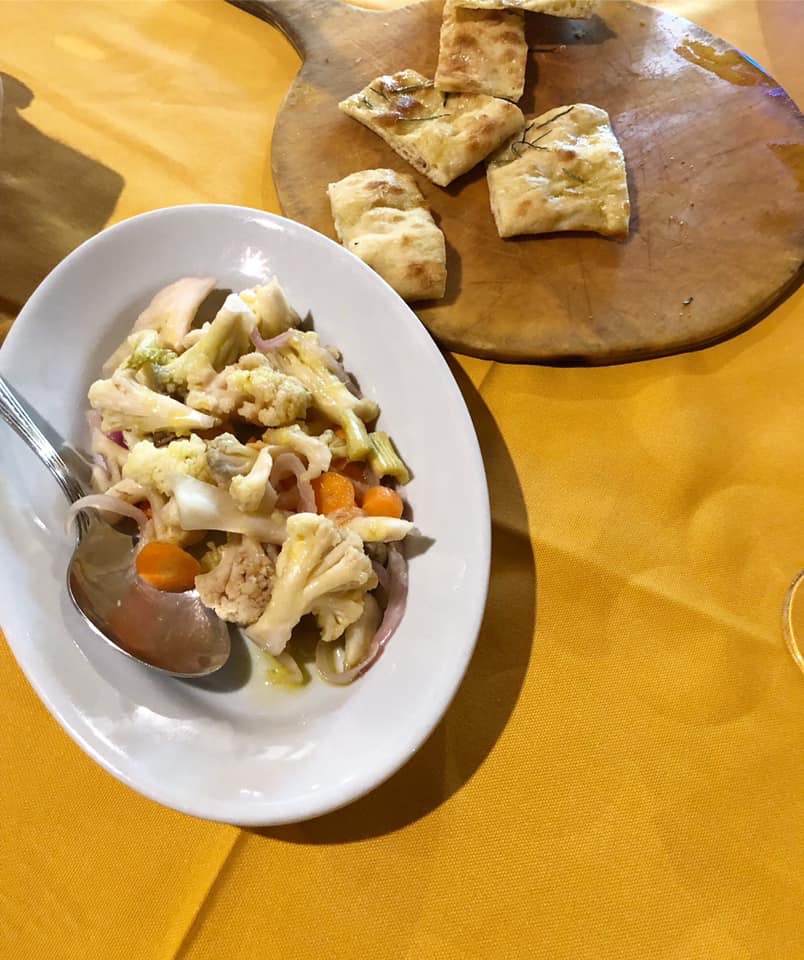
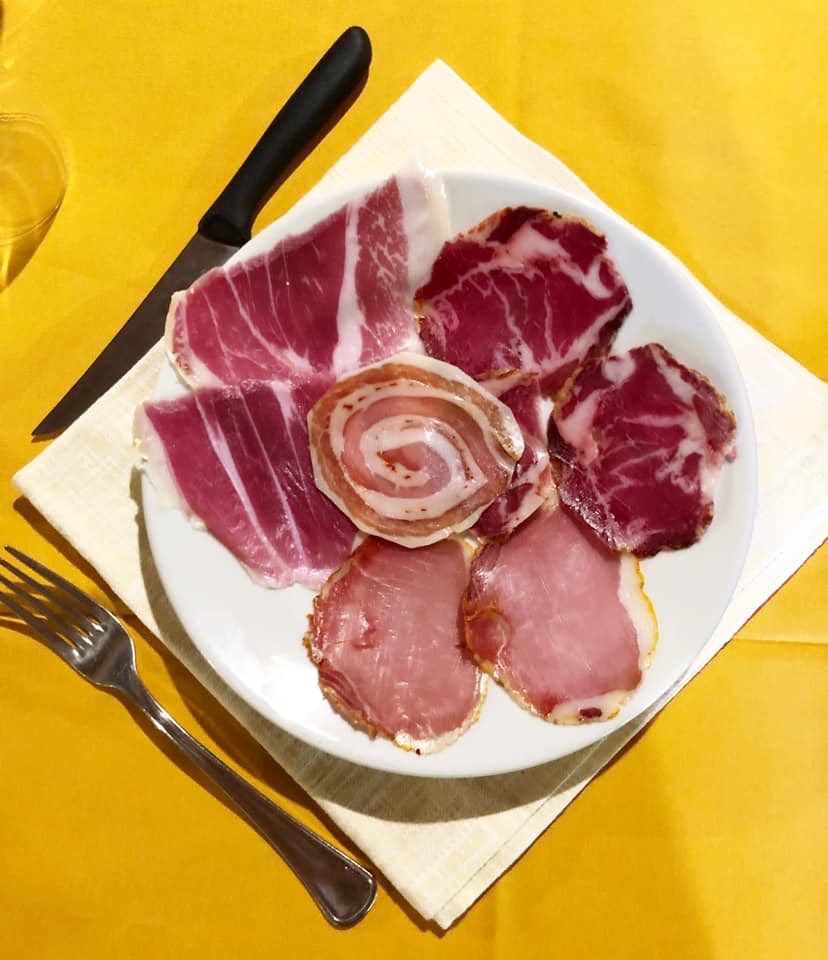

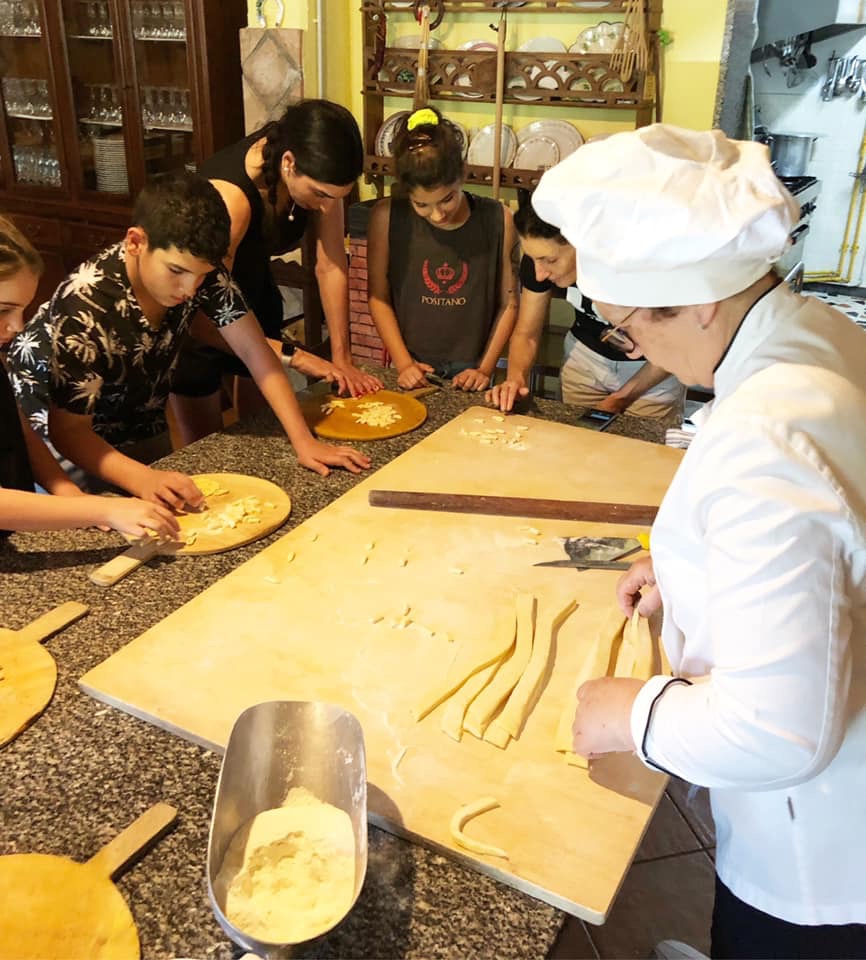
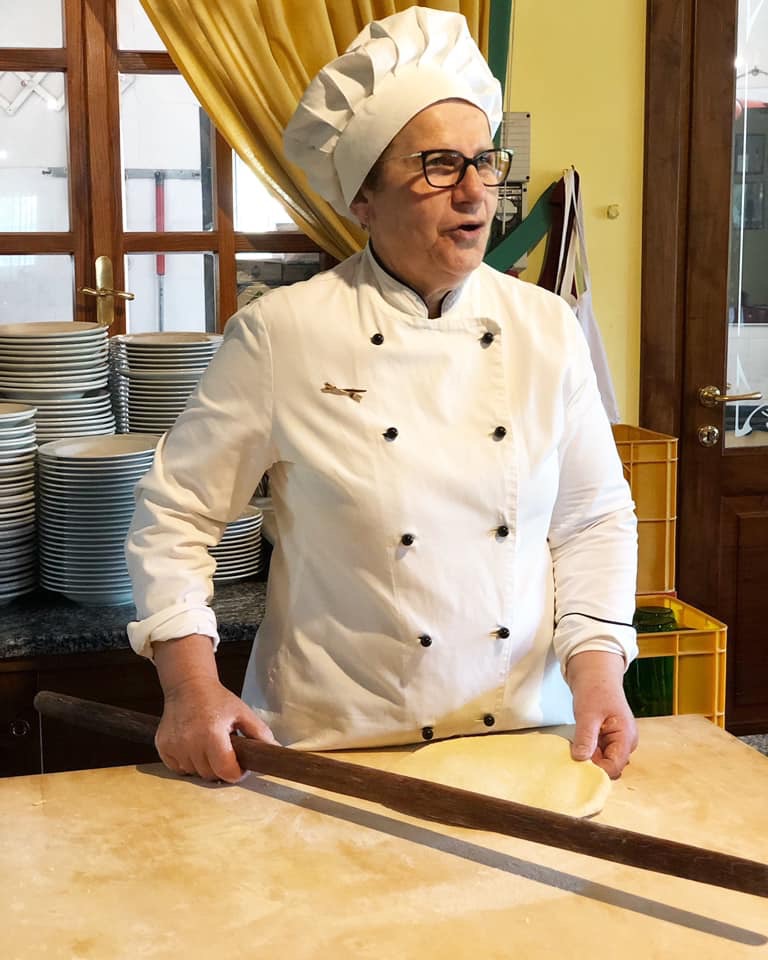
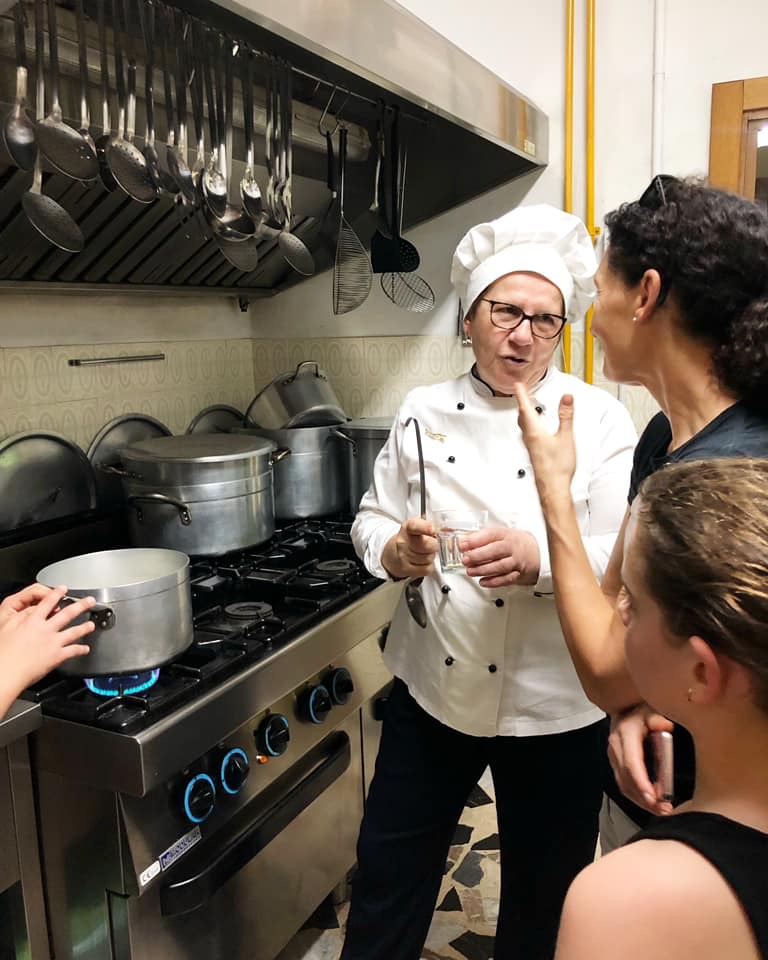
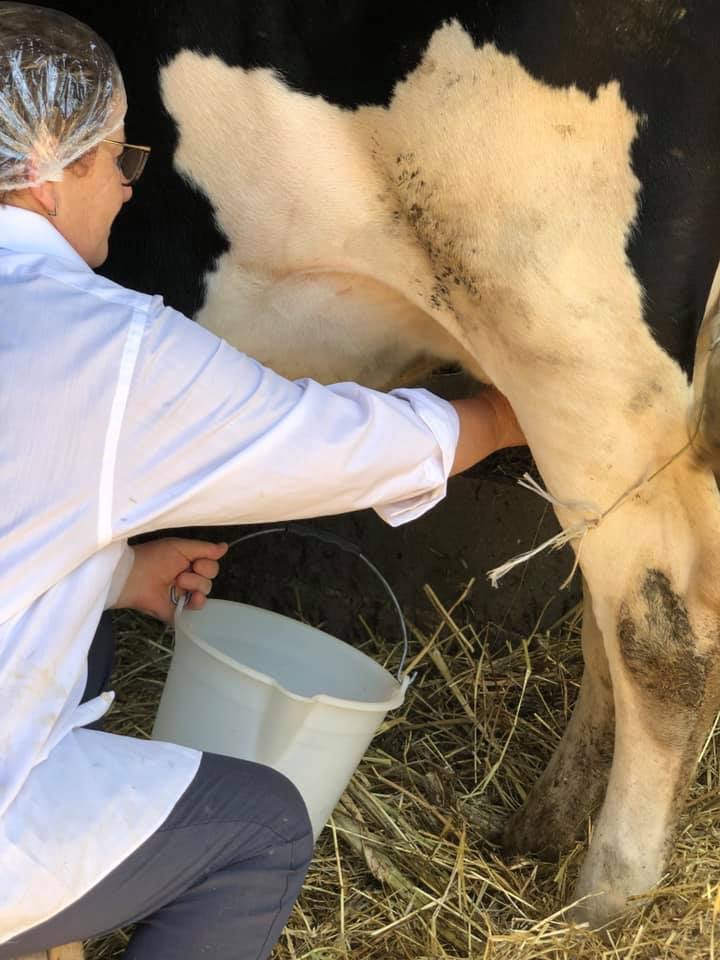
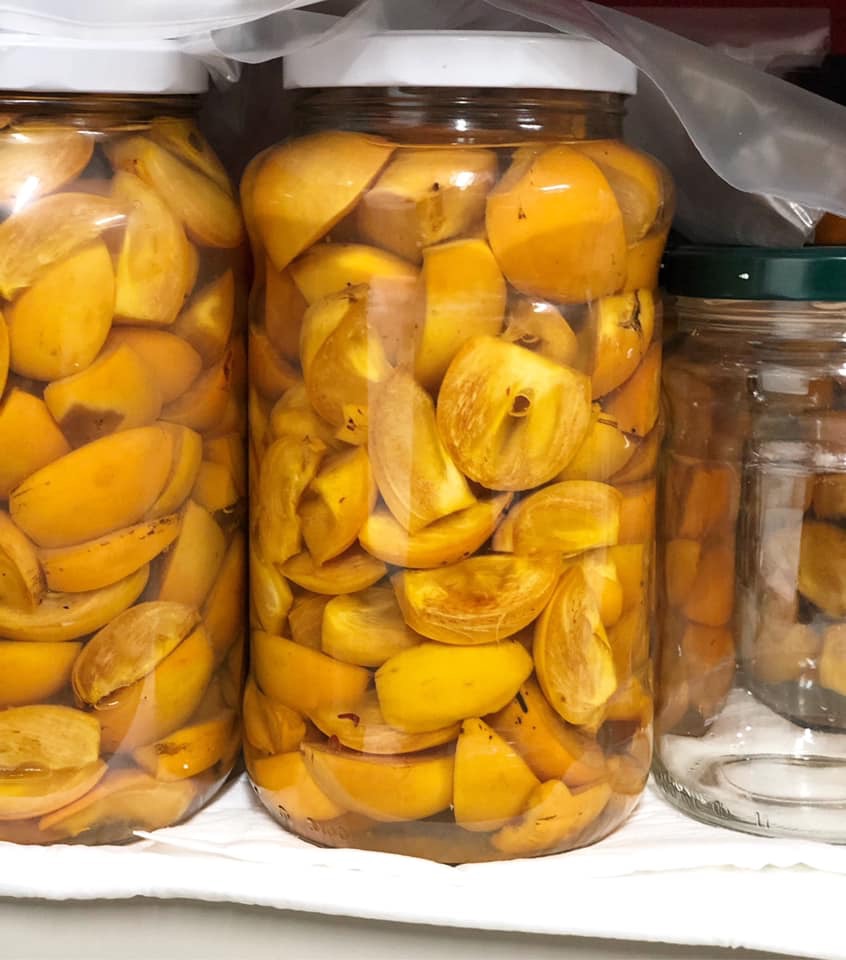
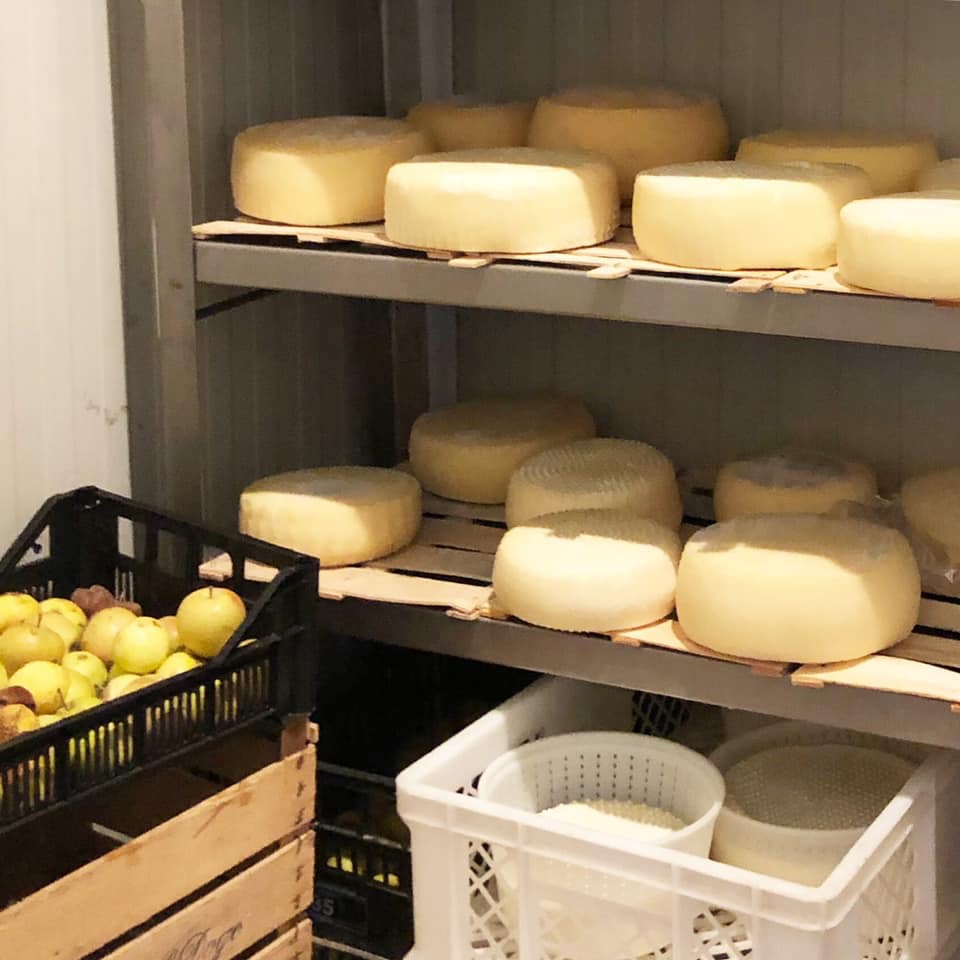
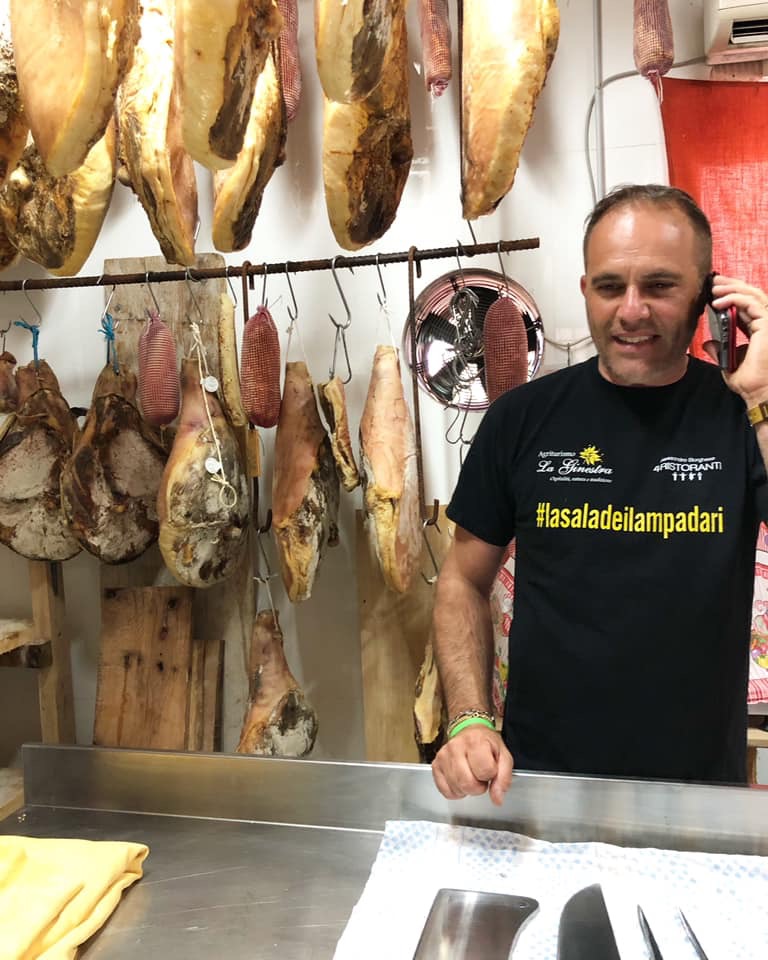
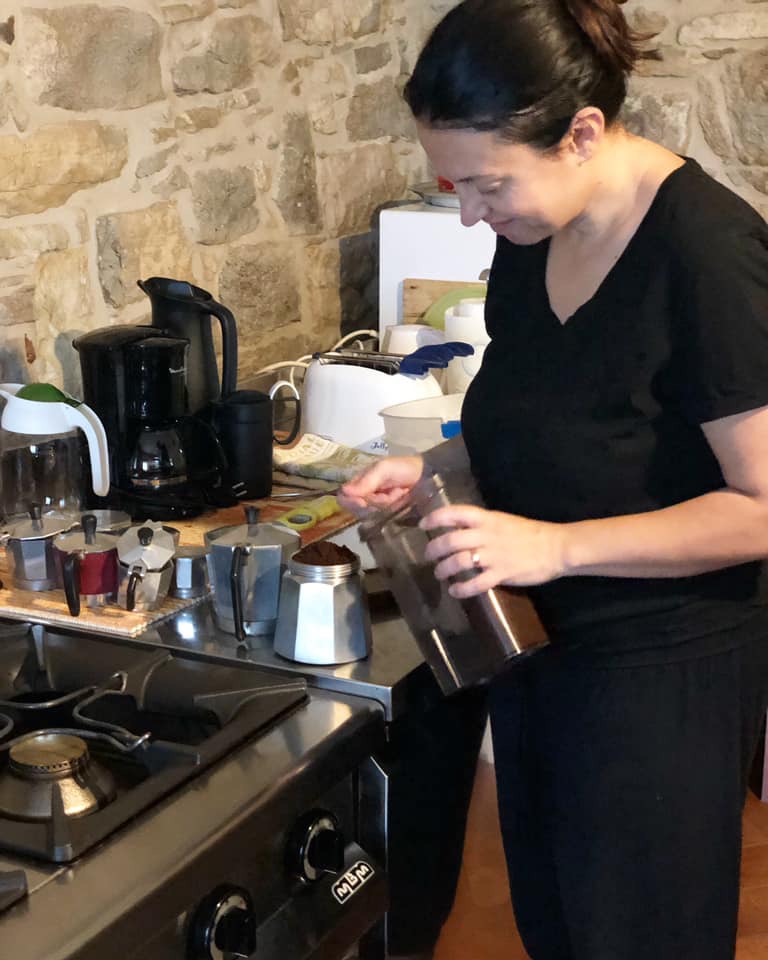
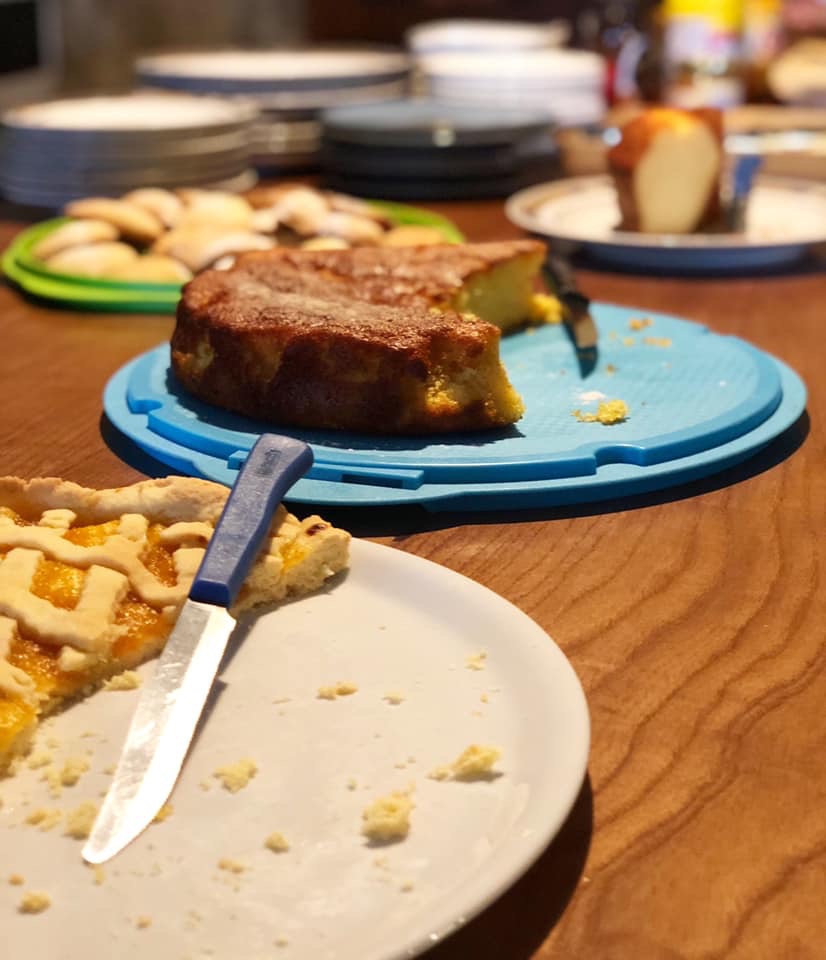
Day four was our cheesemaking day in Agnone. Near one of the highest points of the mountains in Molise (alto Molise) we were guided by the daughter of the producers of the famous Caciocavallo cheese, fresh mozzarella, and cheeses with tartufo and peperoncino (chilli) to name a few. The family have been making cheese since 1662 and we watched as they created the cheeses in their petite factory and then headed off to view the ageing produce in their cellar, along with a tour through their very own museum where we found out about the family’s history and ended with a tasting of some of their cheese. Afterwards we drove a little further up the mountain to enjoy another very long lunch by another gorgeous family, who when we couldn’t decide on which ‘amaro’ we would like at the end of our meal, they brought us out every bottle they had (there were around 6 from memory) with some glasses so we could taste them all. One was made with the ginseng root which is grown on their land, though we were told it is hard to find.
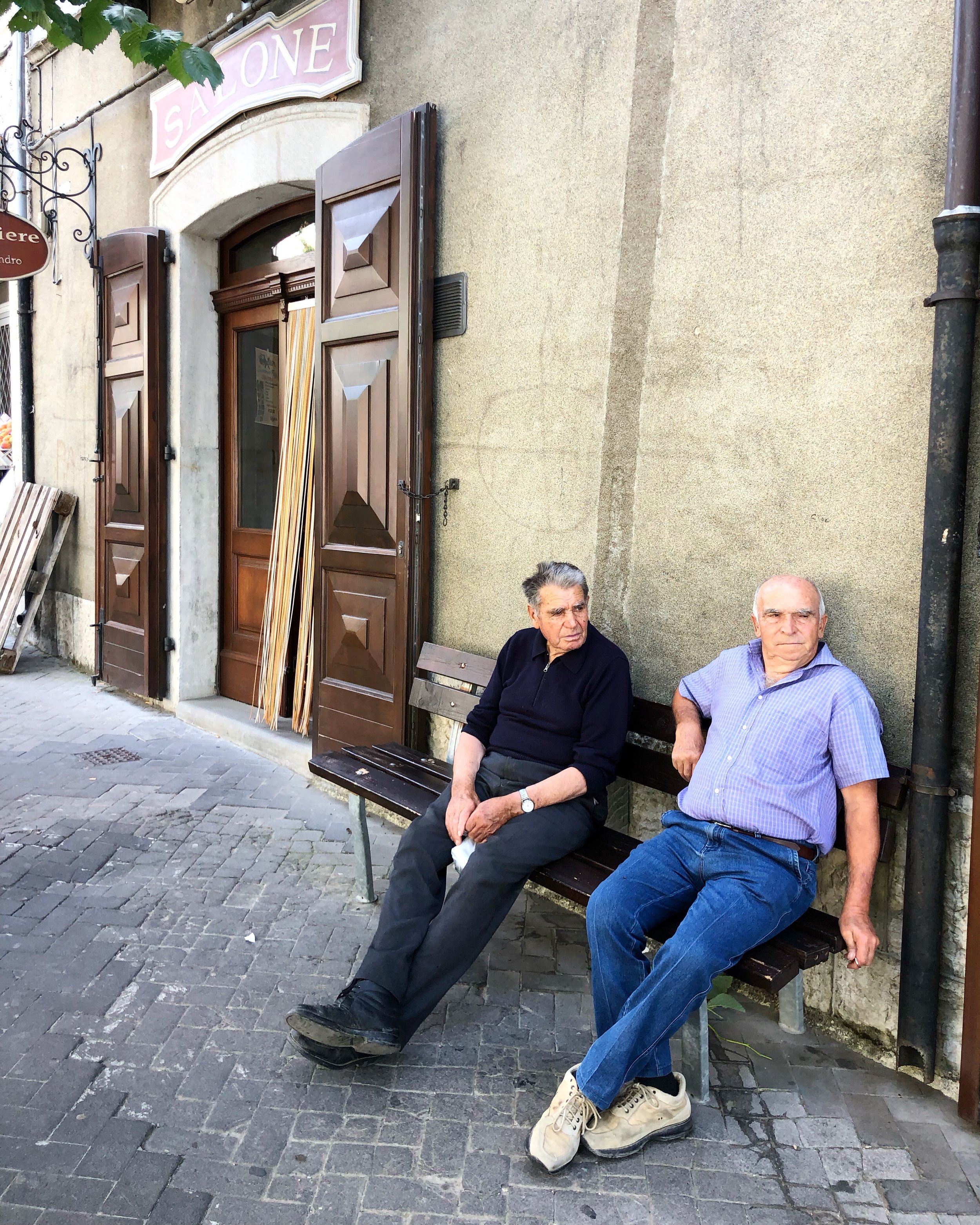
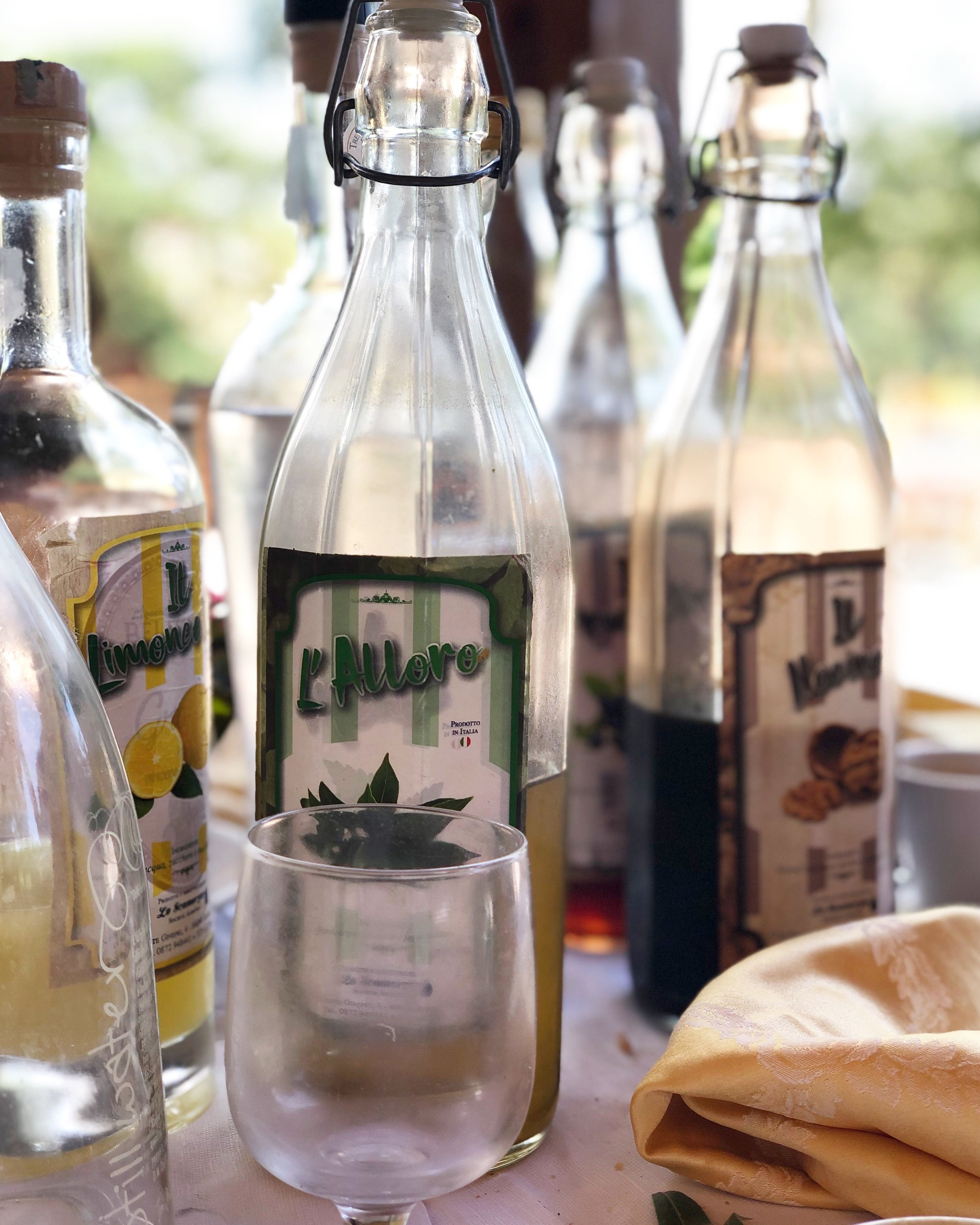


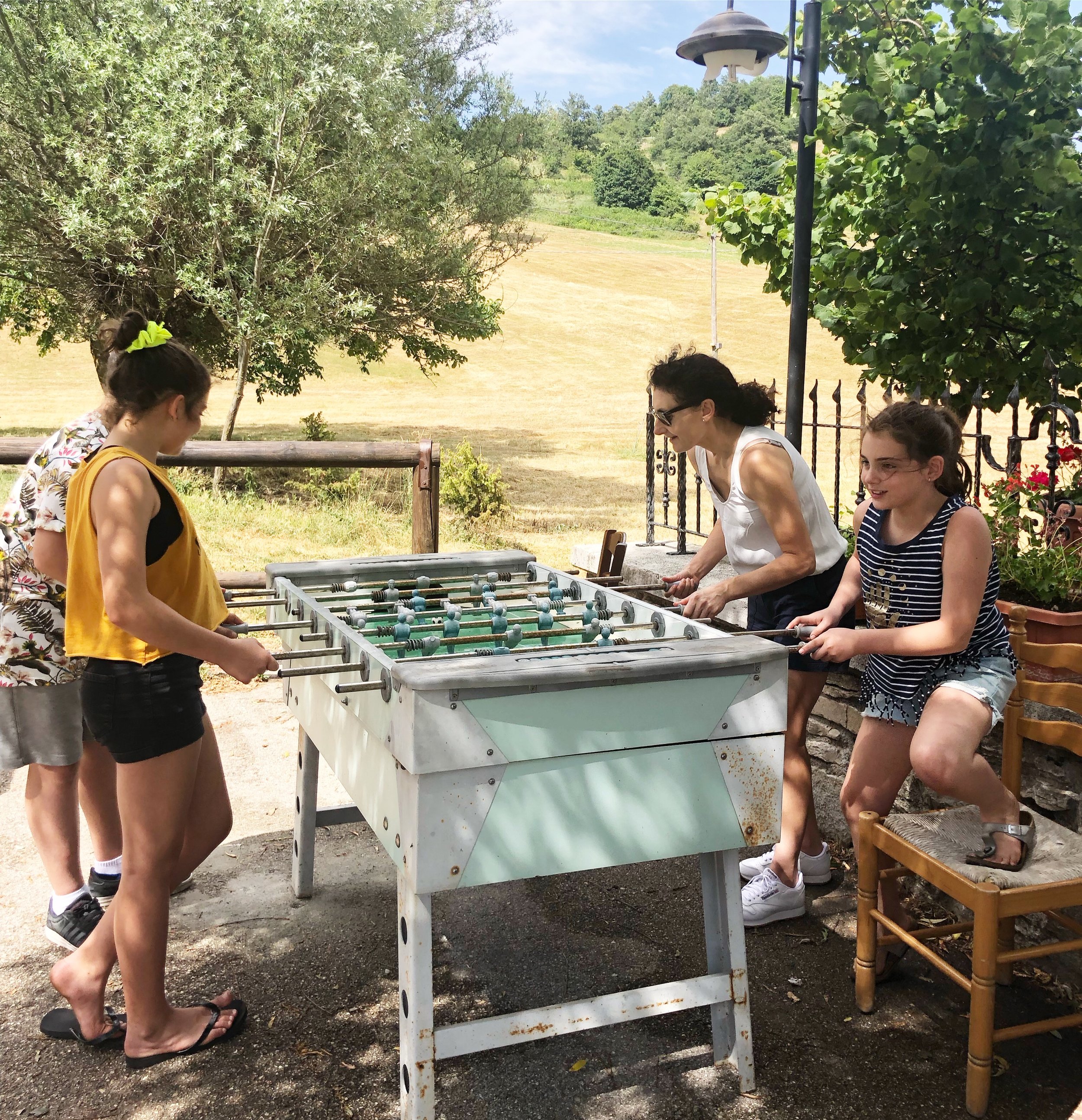
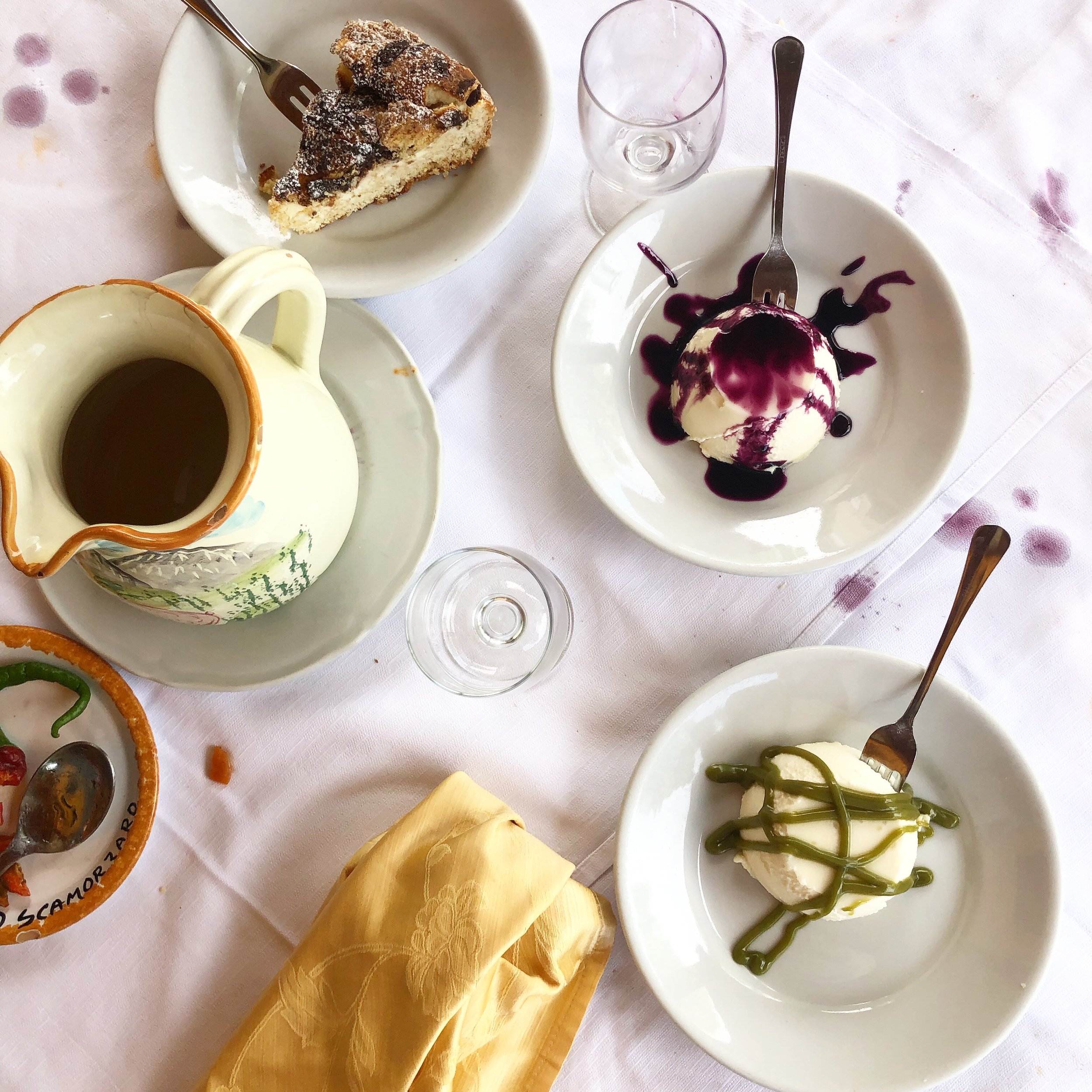
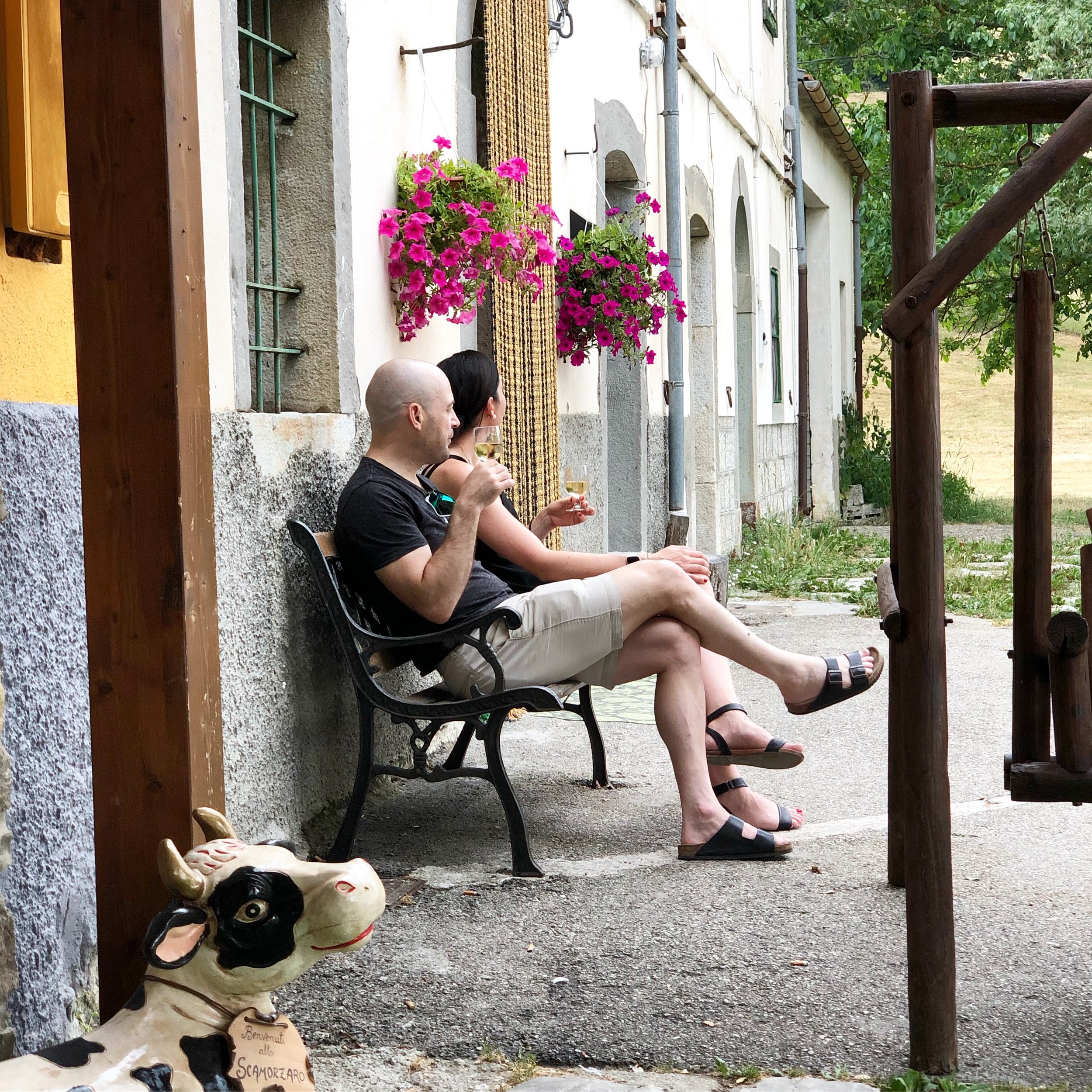
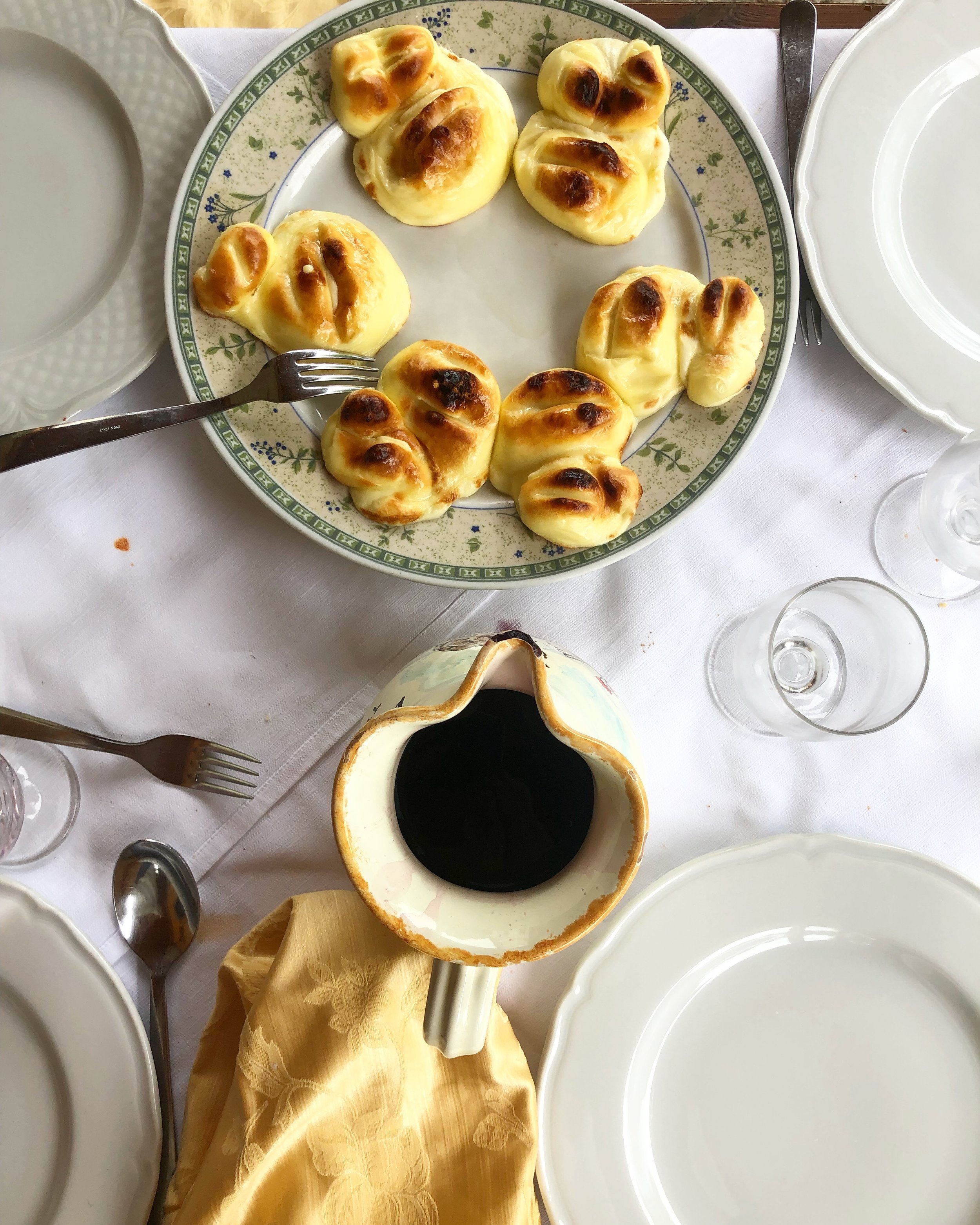
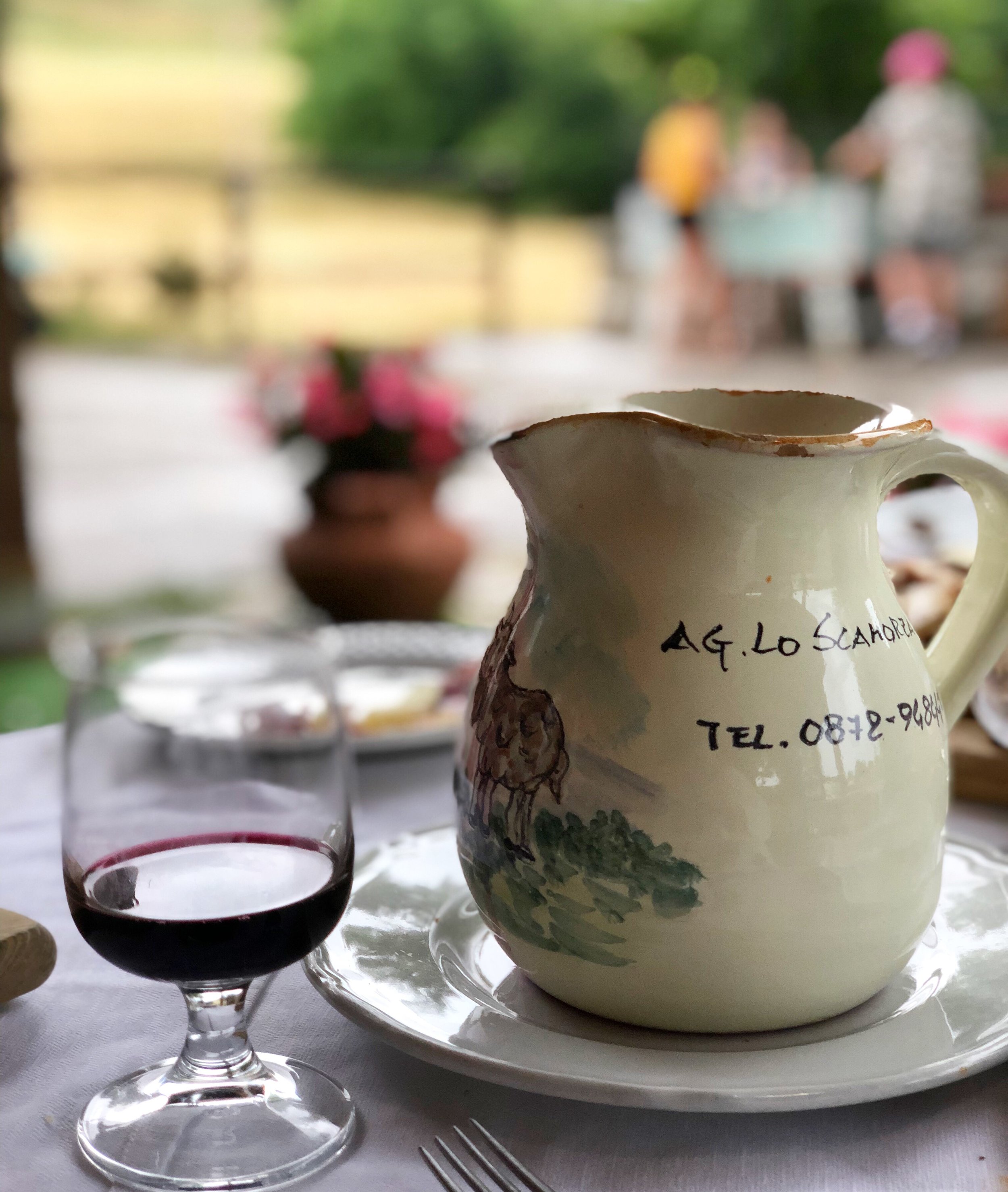
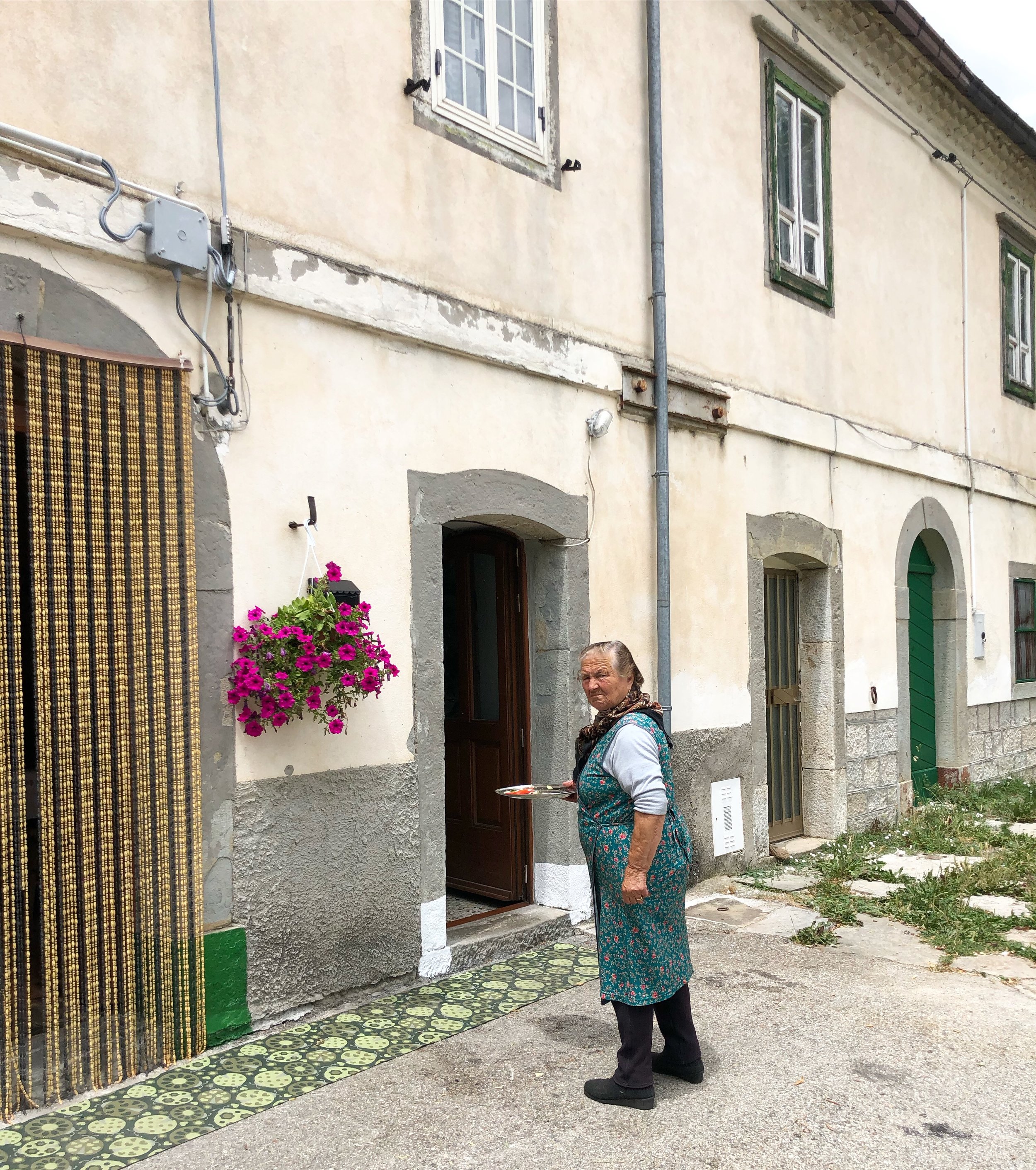


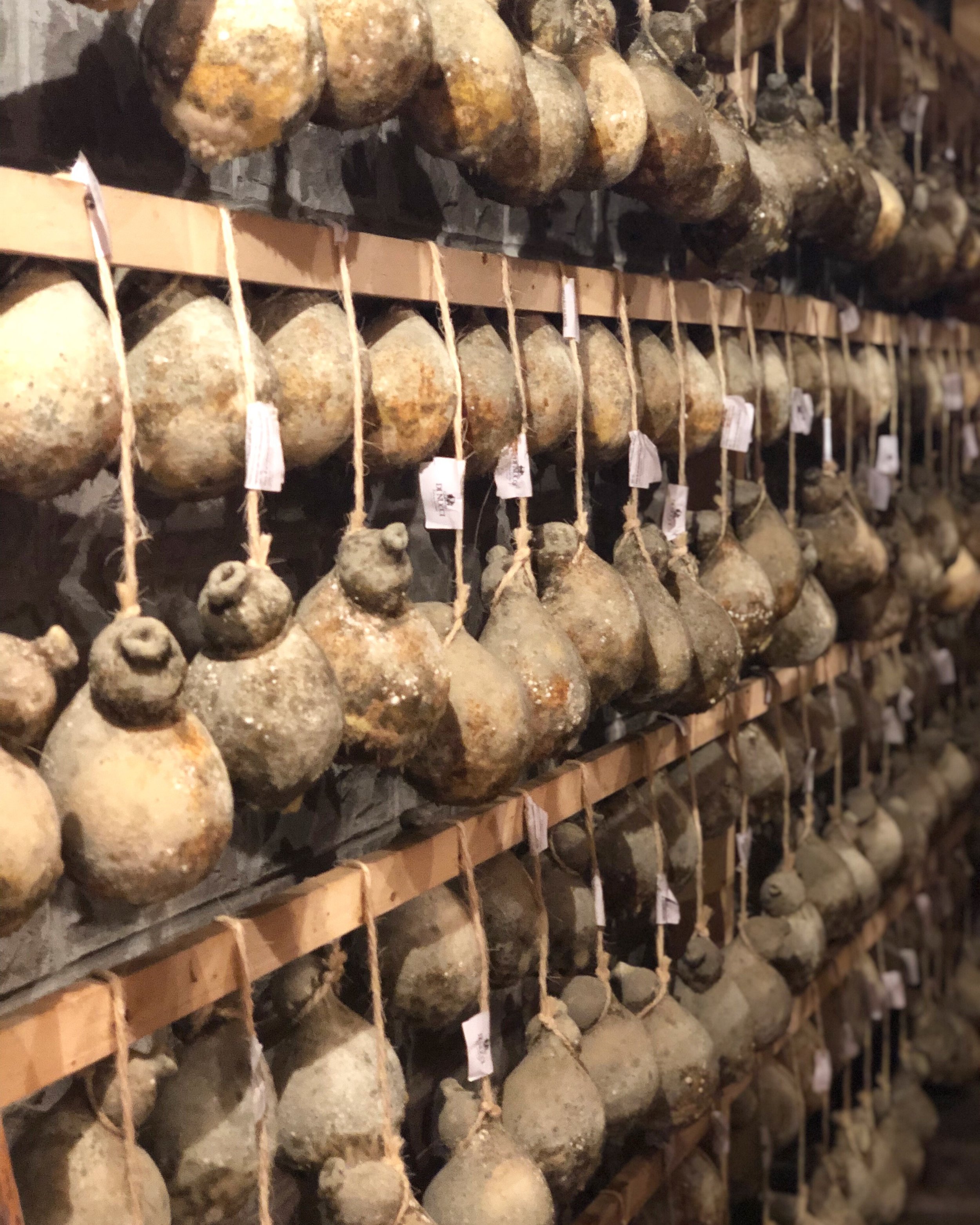
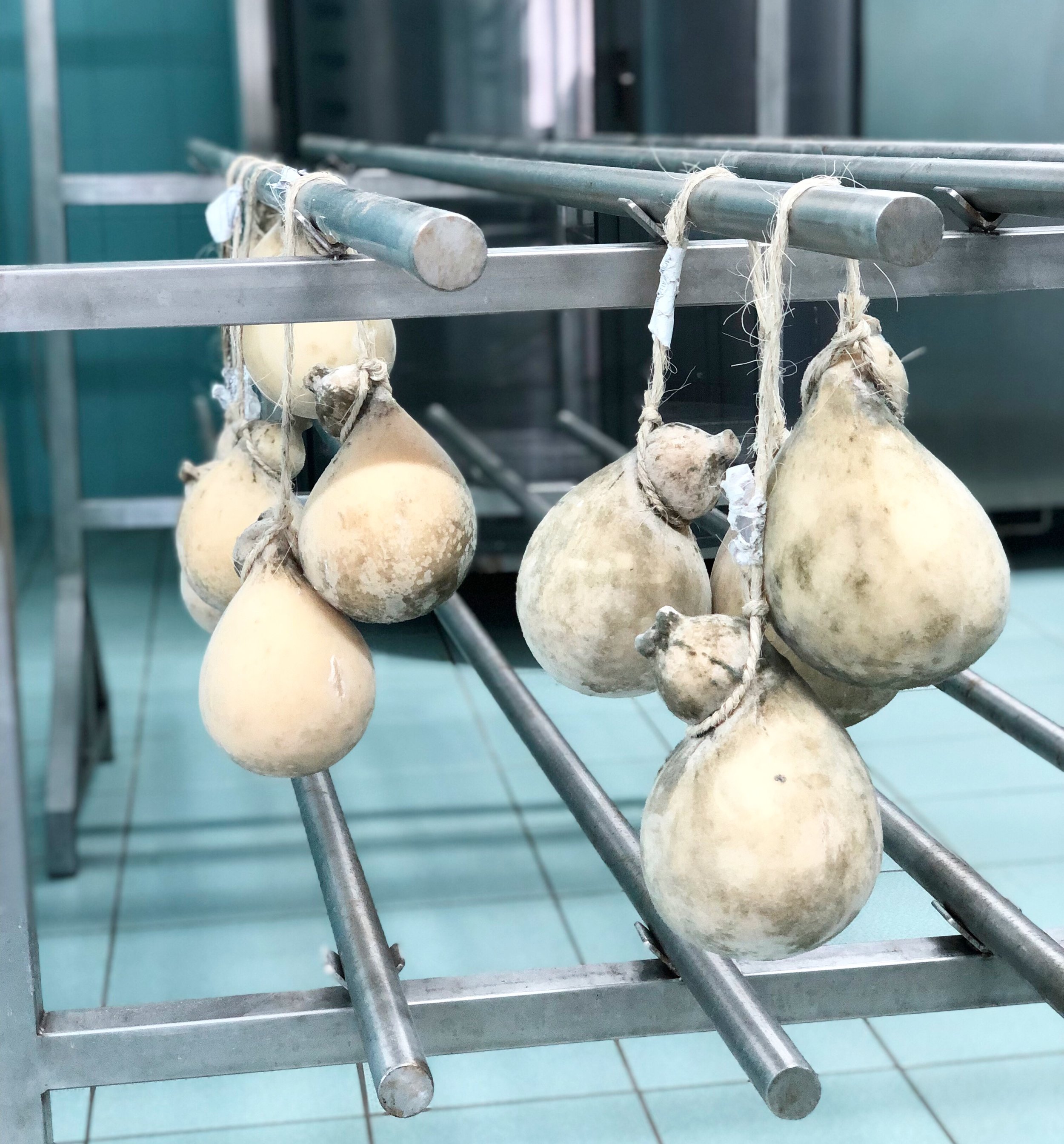
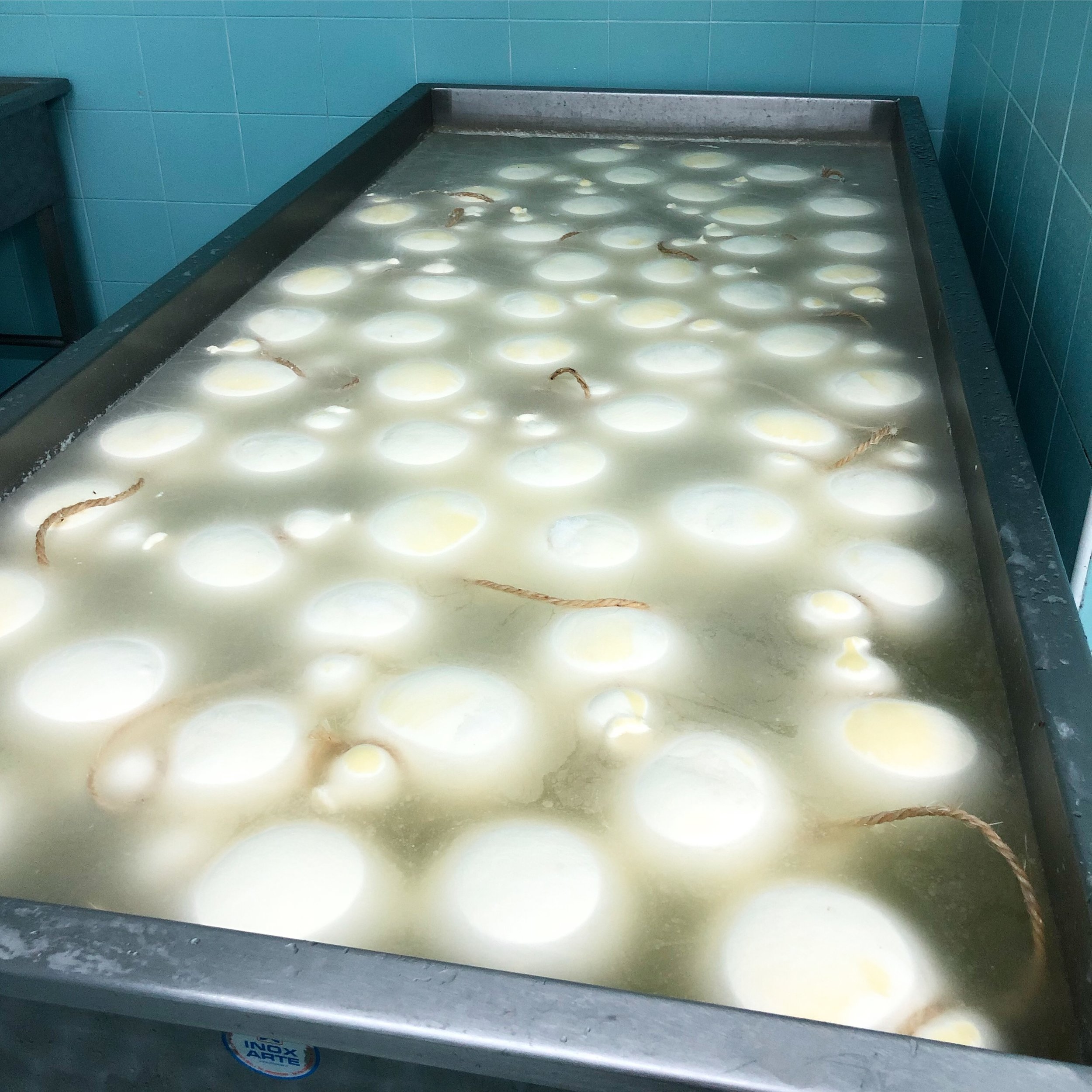
Day 5 and our last day was with the delightfully charming countess Donna Marina at her masseria, walking through her olive grove, seeing how the extra virgin olive oil is produced, bottled and labelled by hand, and ending our day with the most wonderful olive oil tasting imaginable. We enjoyed a beautiful light lunch of olives, crostini, pasta with chickpeas, and ‘la pampanella’ which is a typical slow cooked pork rib dish from San Martino in Pensulis, followed by some biscotti and caffe. On the way home we stopped by the family farmhouse to show our guests my fathers old school, which is pictured in what I use as my logo, and was the inspiration for starting up The Little Italian School.Just as well we had a light lunch because we had our aperitivo and fairwell seafood dinner in a quaint little piazzetta in Campobasso that evening where we enjoyed local wine and the freshest fish from Termoli (a coastal fishing town in Molise) caught that morning. It was a great night but I was feeling a little emotional knowing our guests would be leaving the next day, wishing they could stay just a few days more.

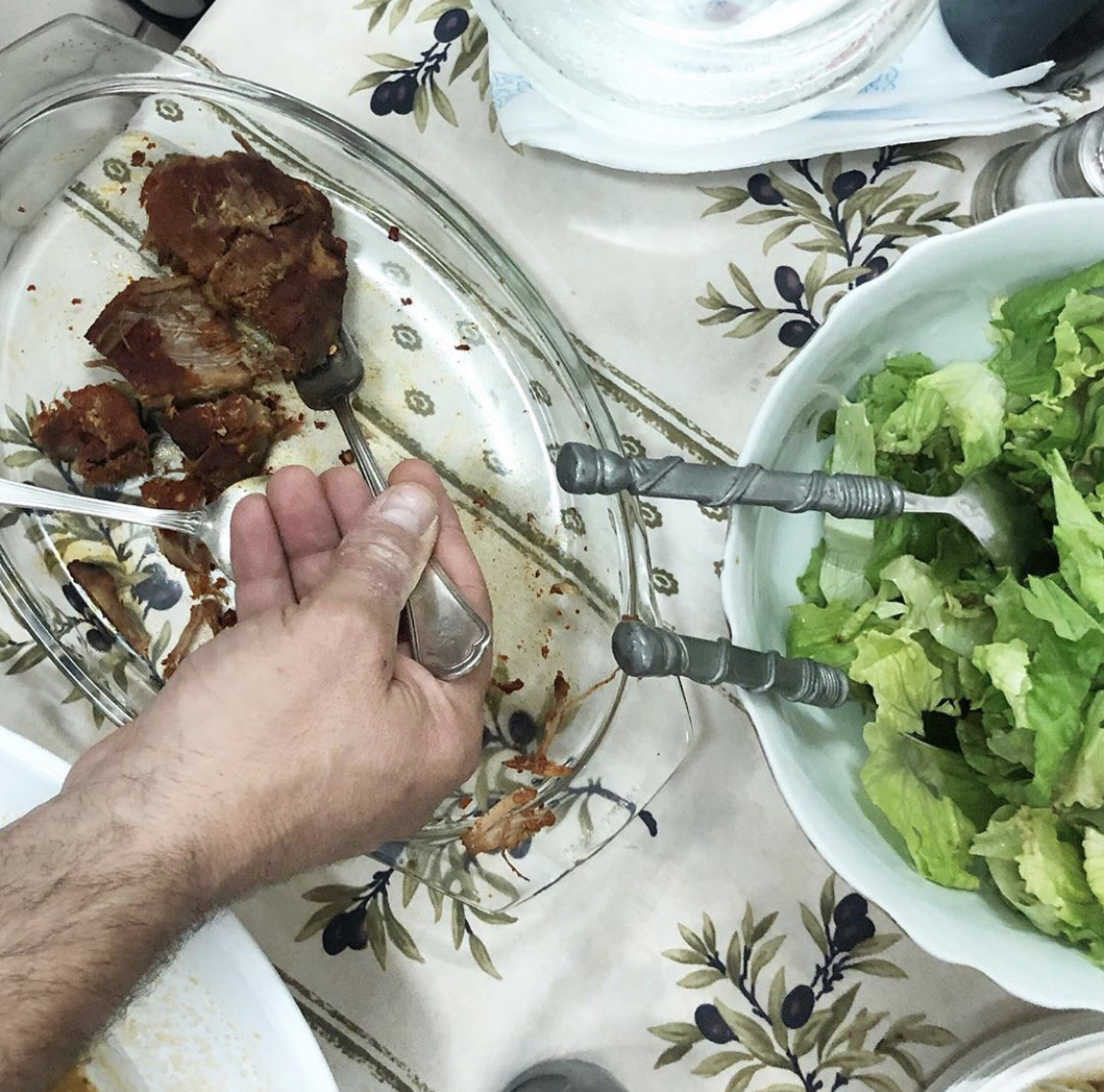
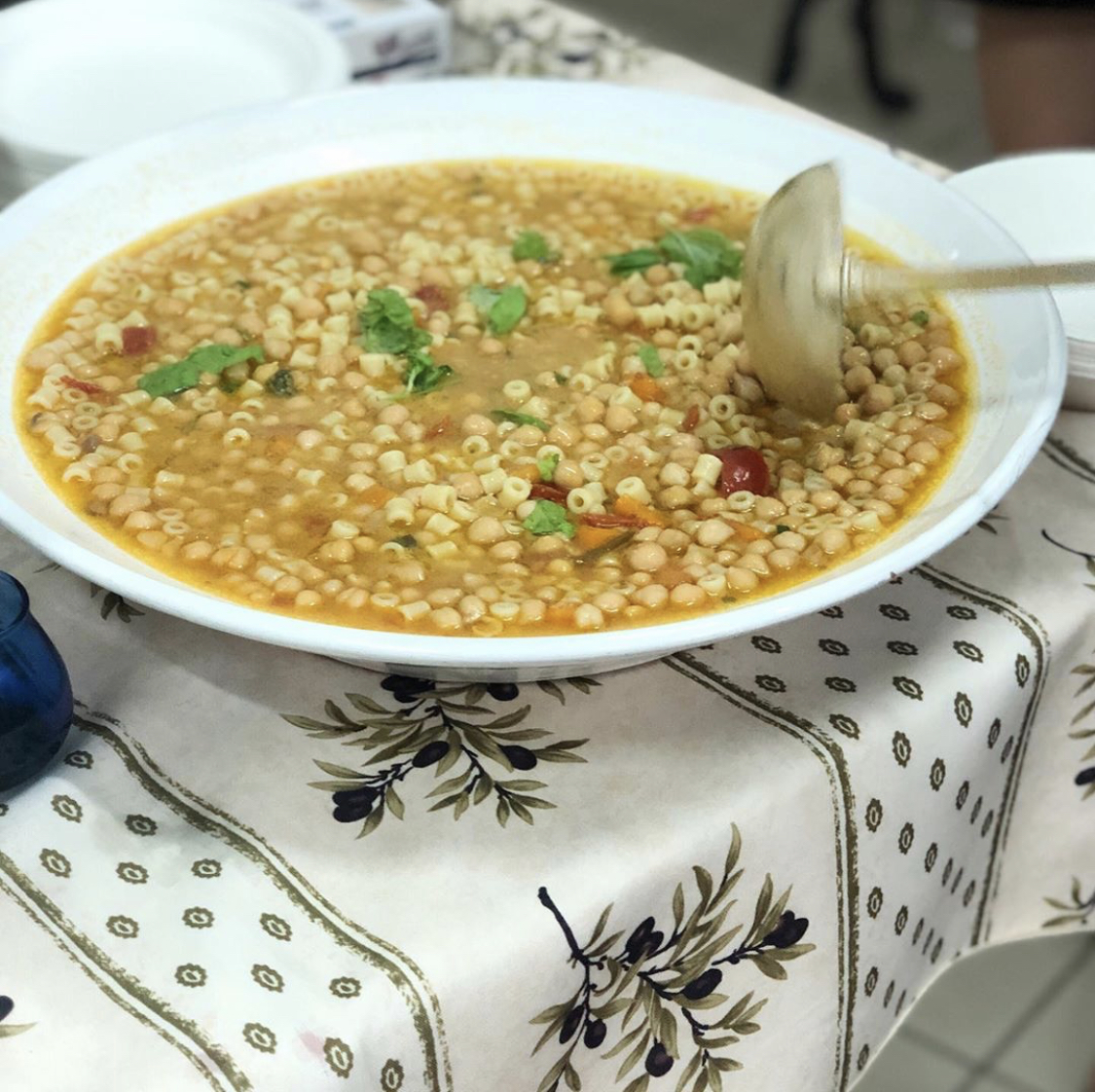
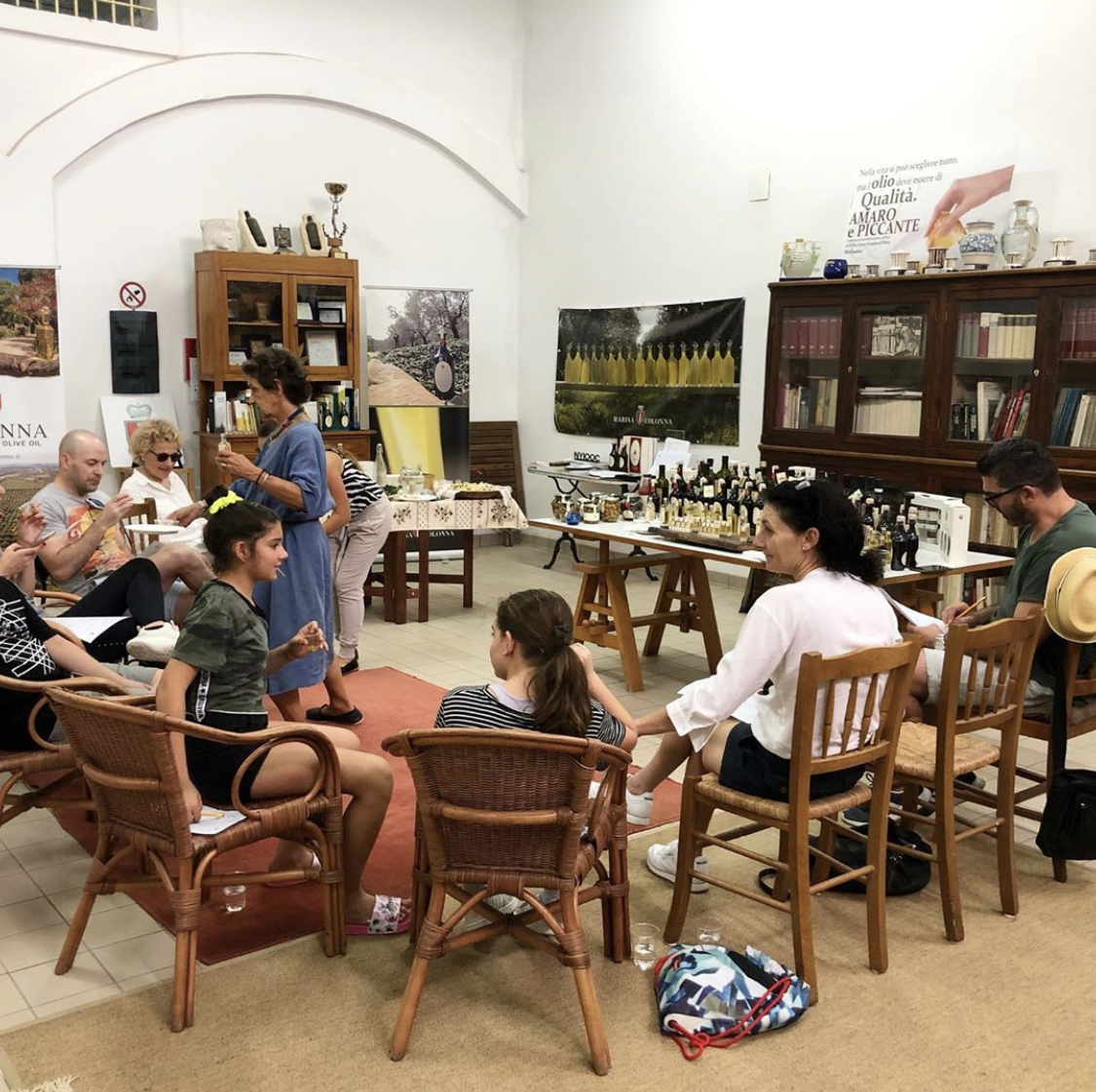
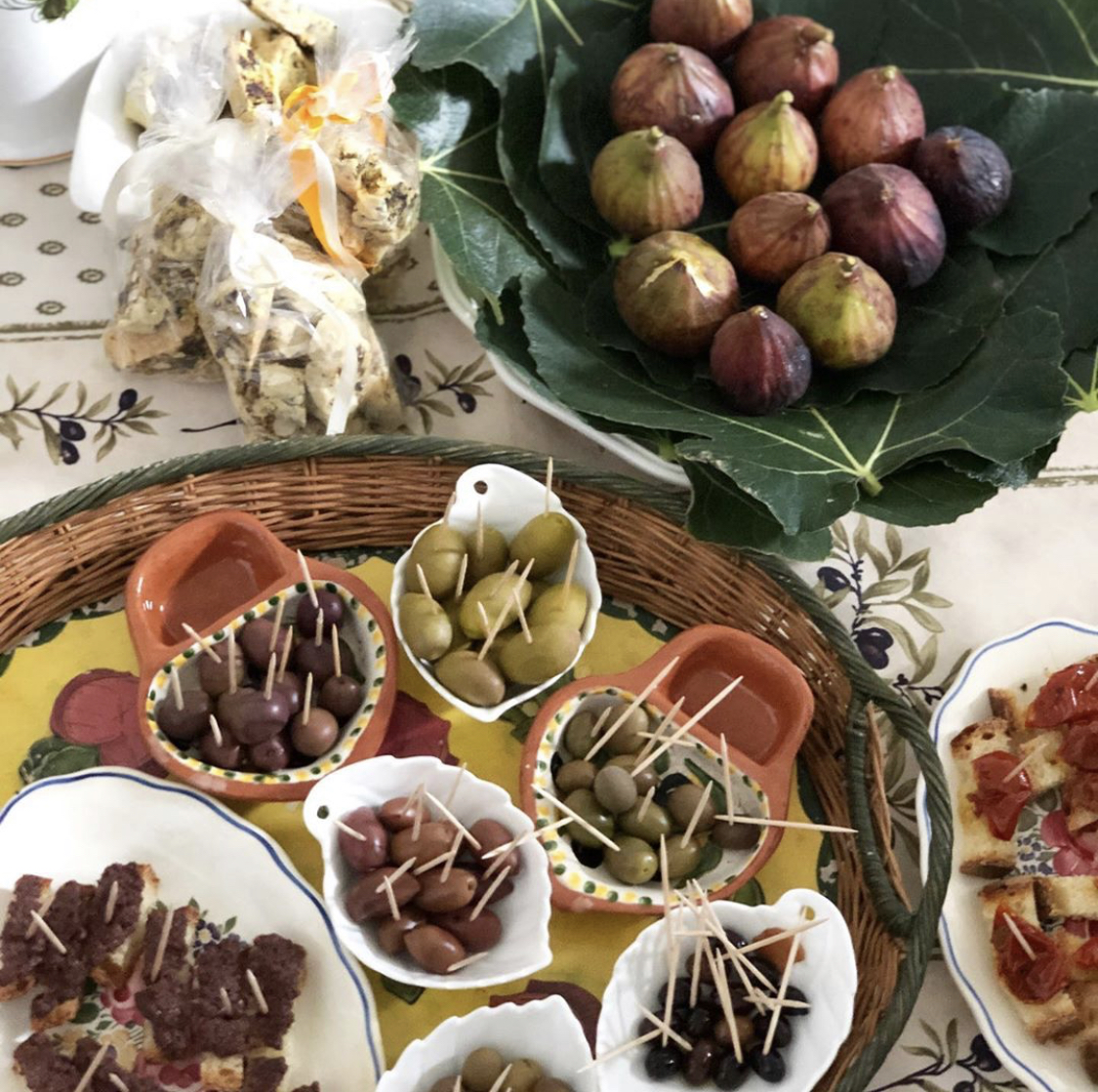
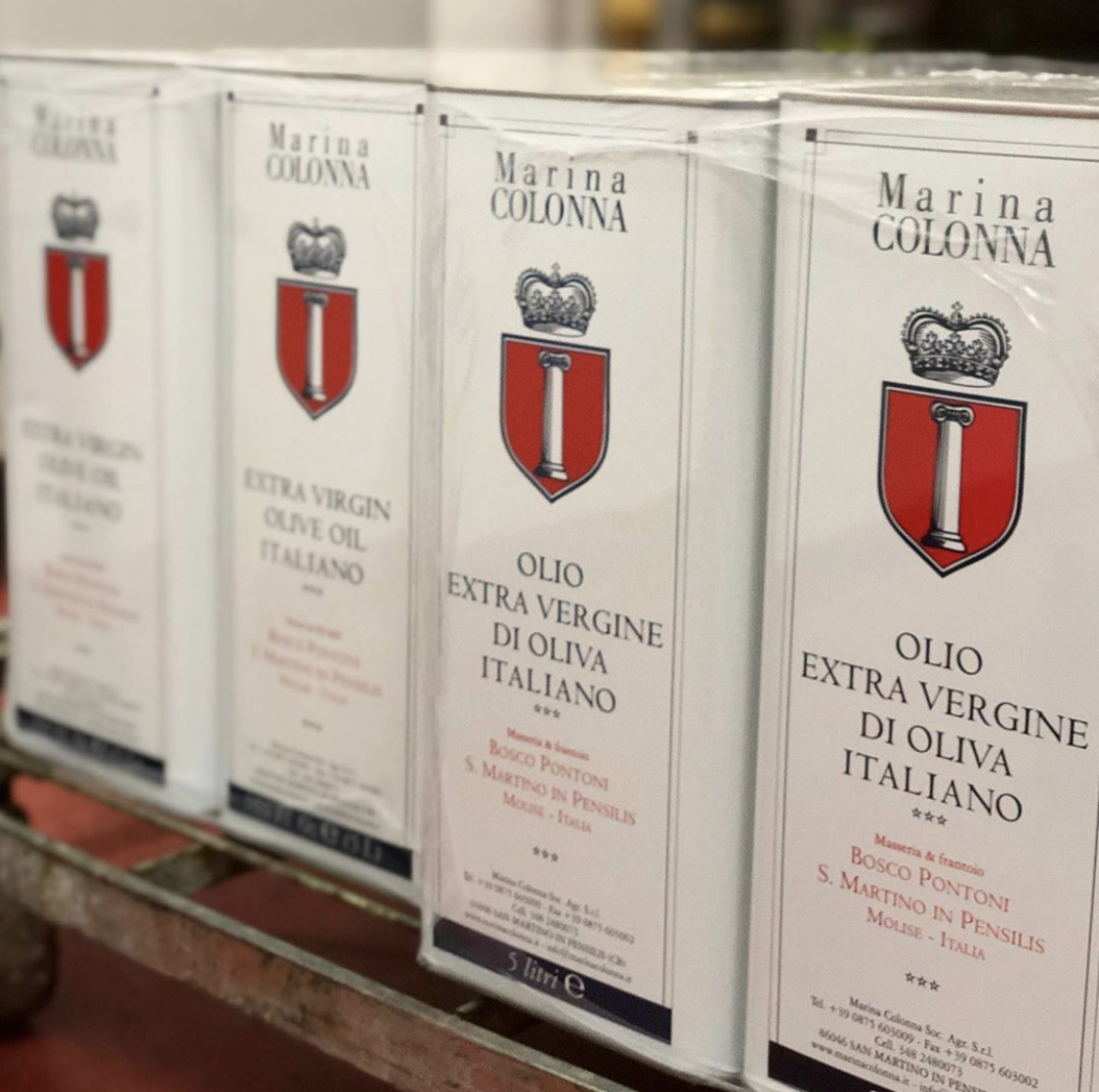

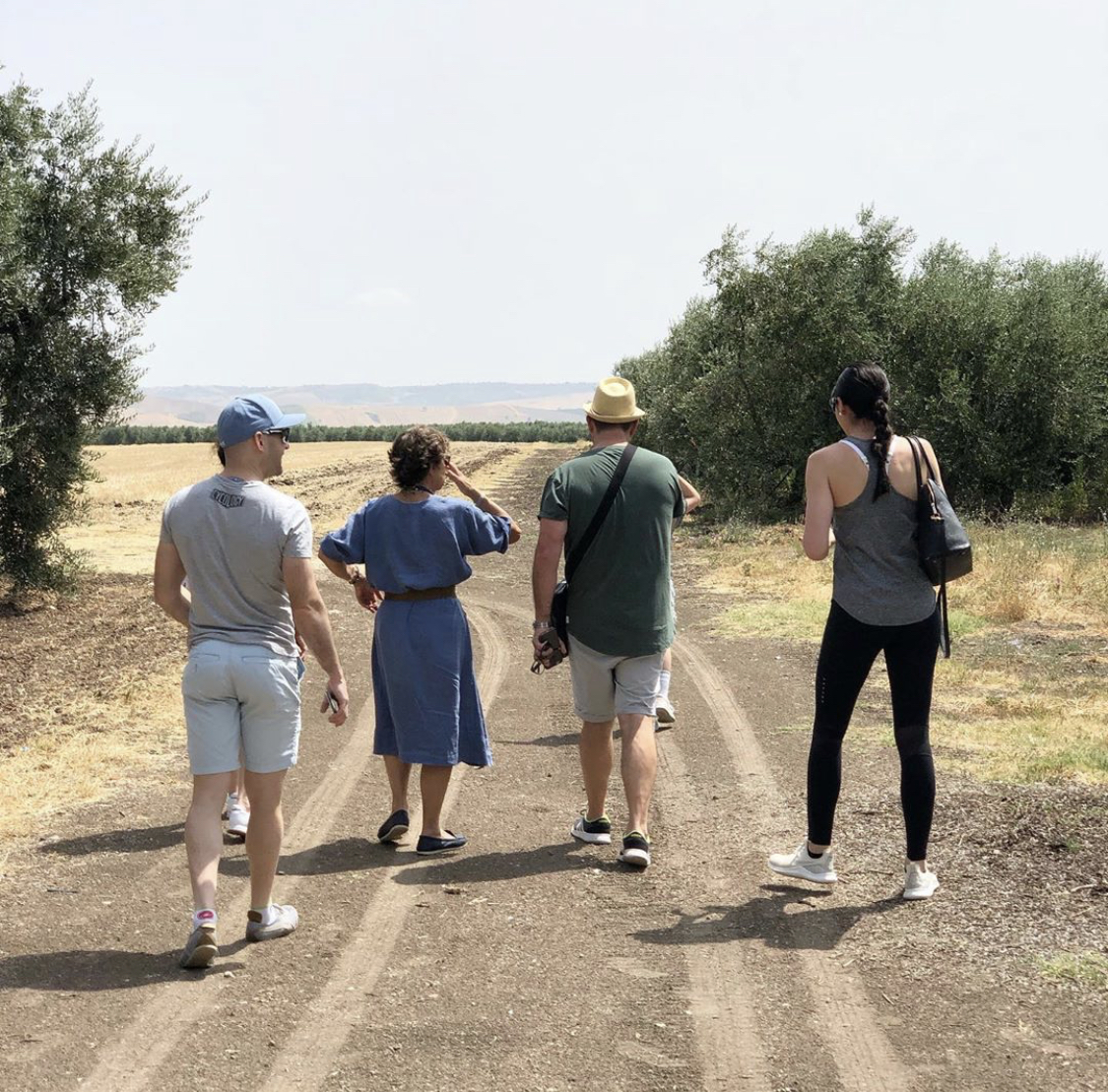
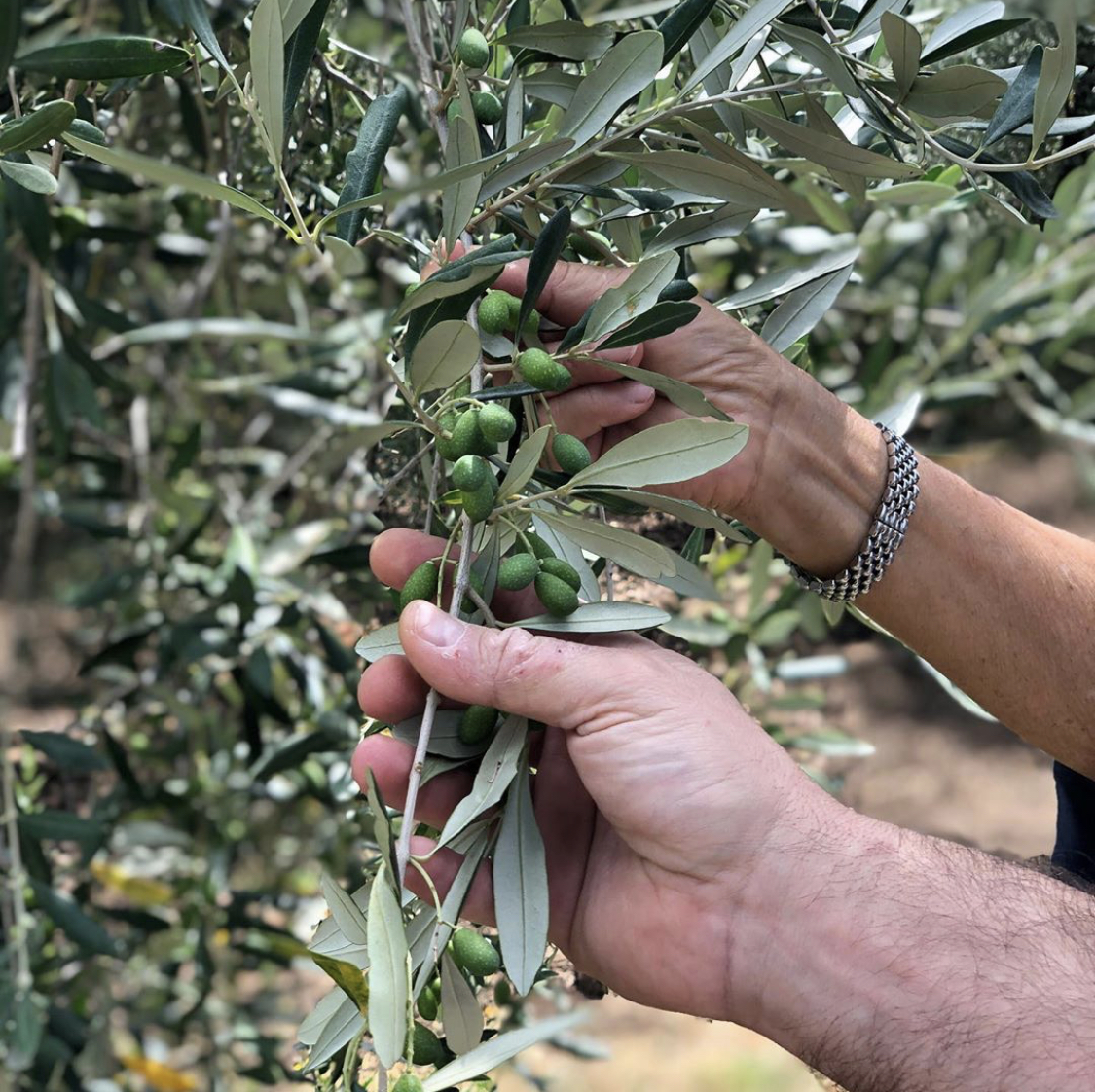
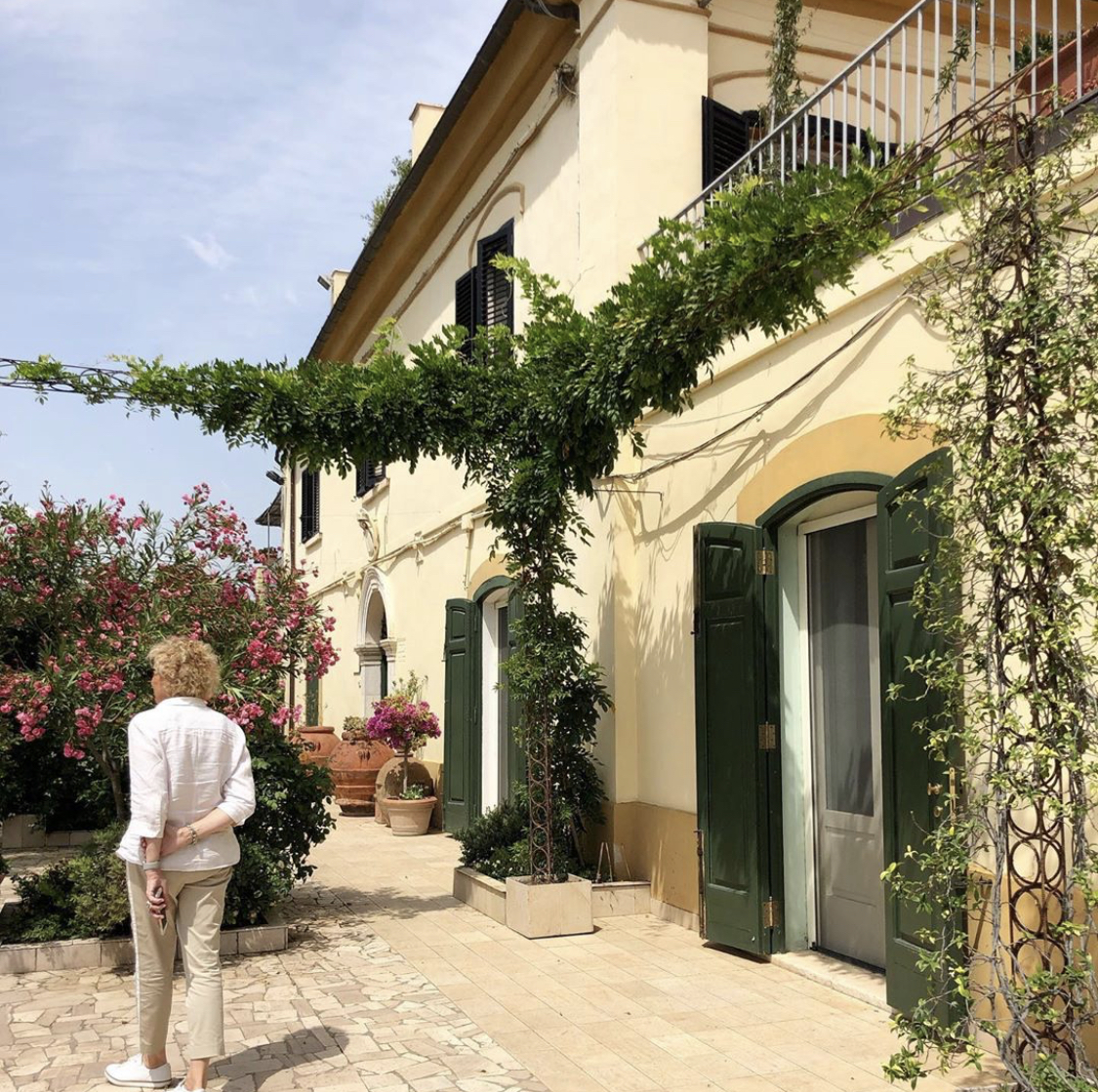
I am so grateful for the way in which the hosts embraced our visitors and treated them like family from beginning to end. It couldn’t have been more perfect and we are looking forward to taking more guests to this undiscovered region of Italy that continues to deliver its local culture and traditions in the most authentic way, with so much pride, love and passion. The locals can never do enough for you. There is a saying in Italy that goes ‘Il Molise non Esiste’ meaning ‘Molise doesn’t exist’. I can tell you that it absolutely does, and it has so much to offer. I believe it’s one of Italy’s best kept secrets and kind of hope it stays that way.
Termoli - Molise


